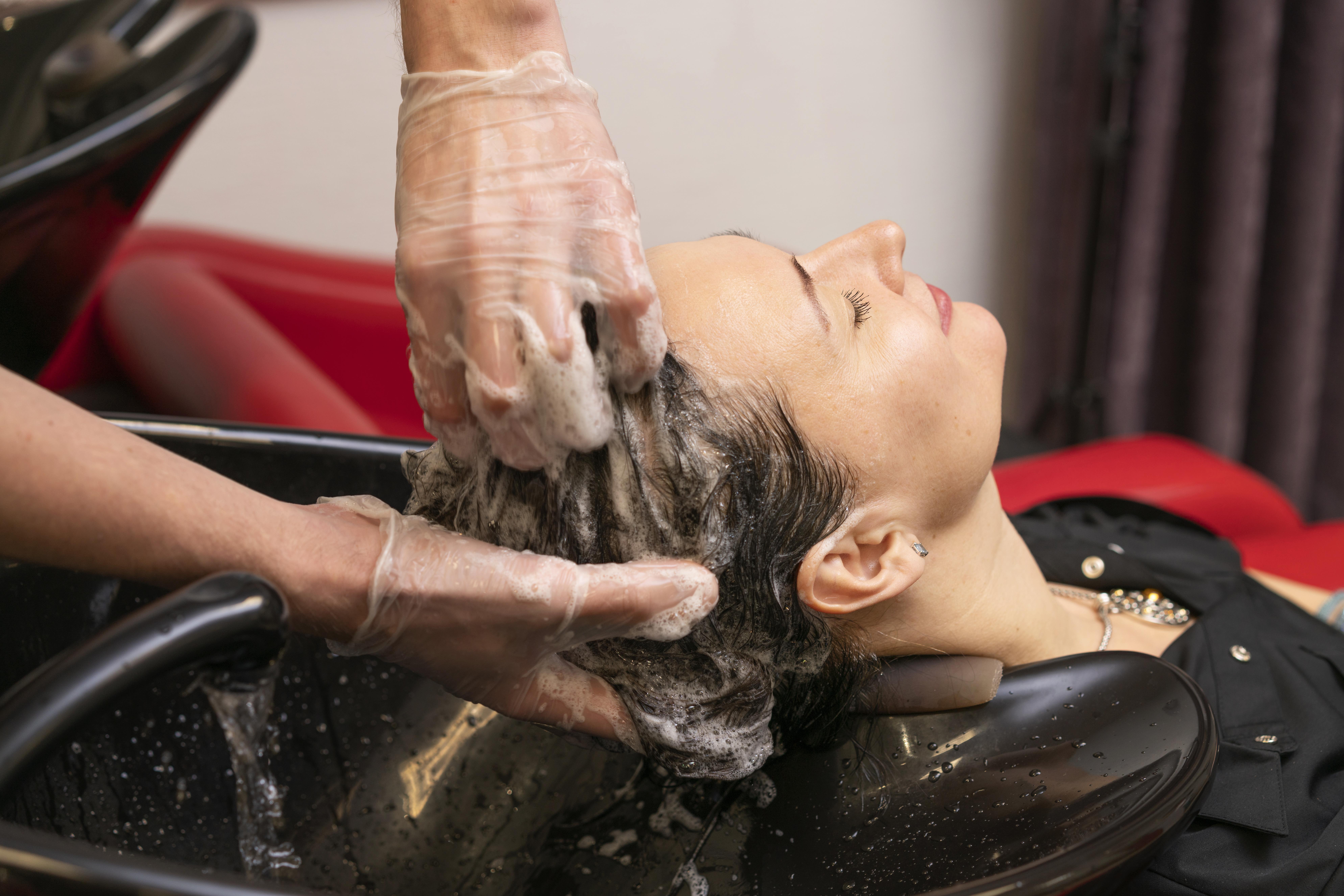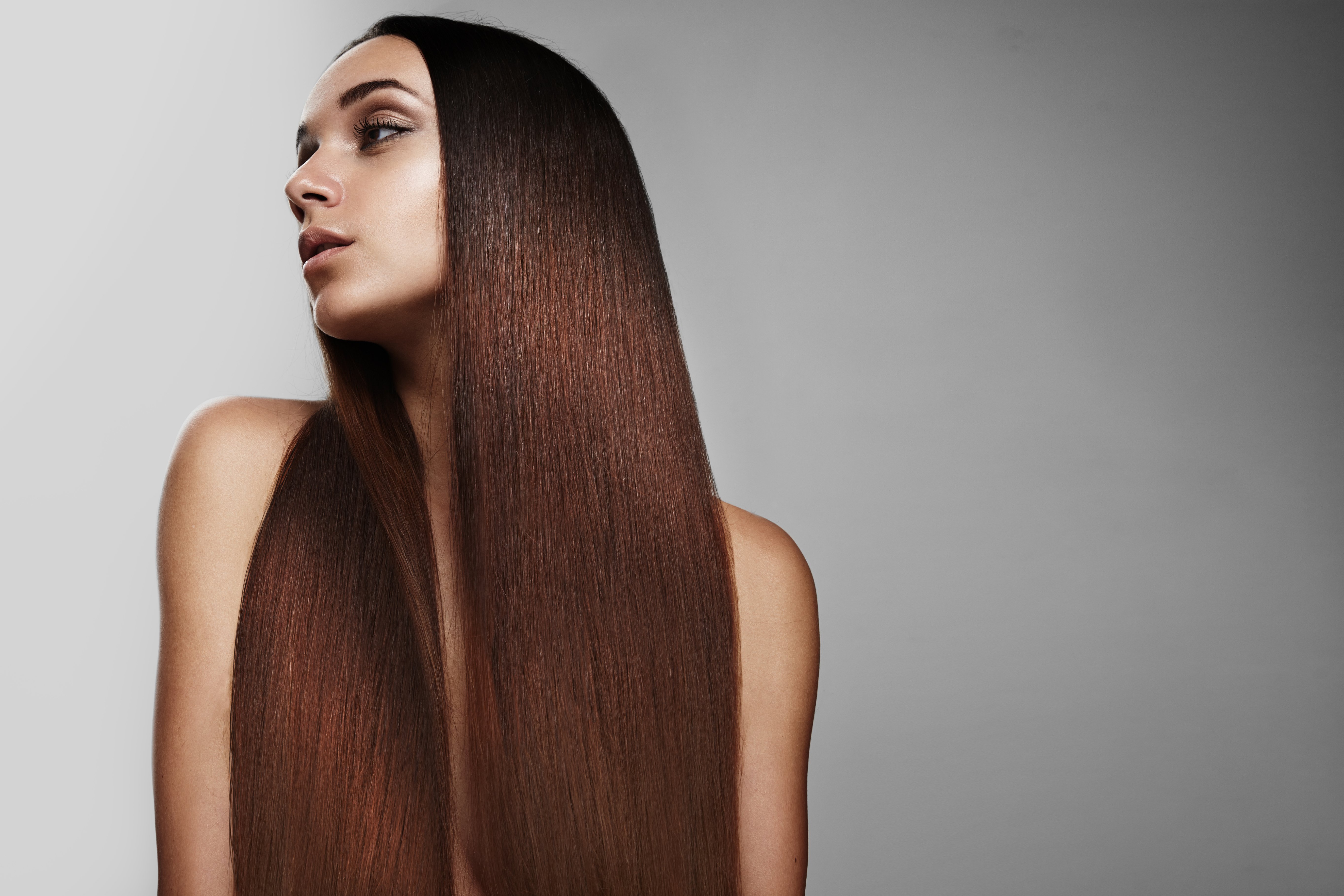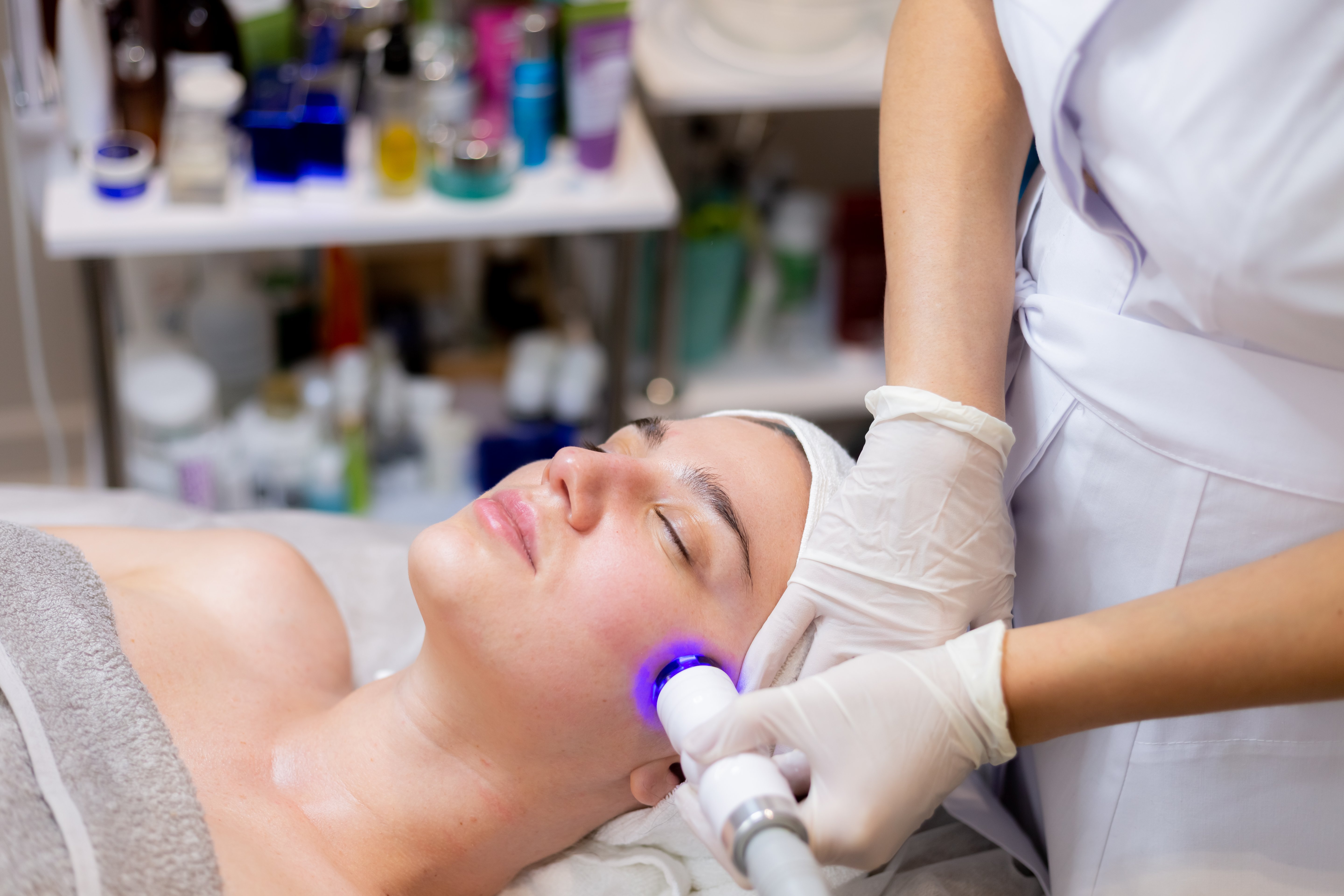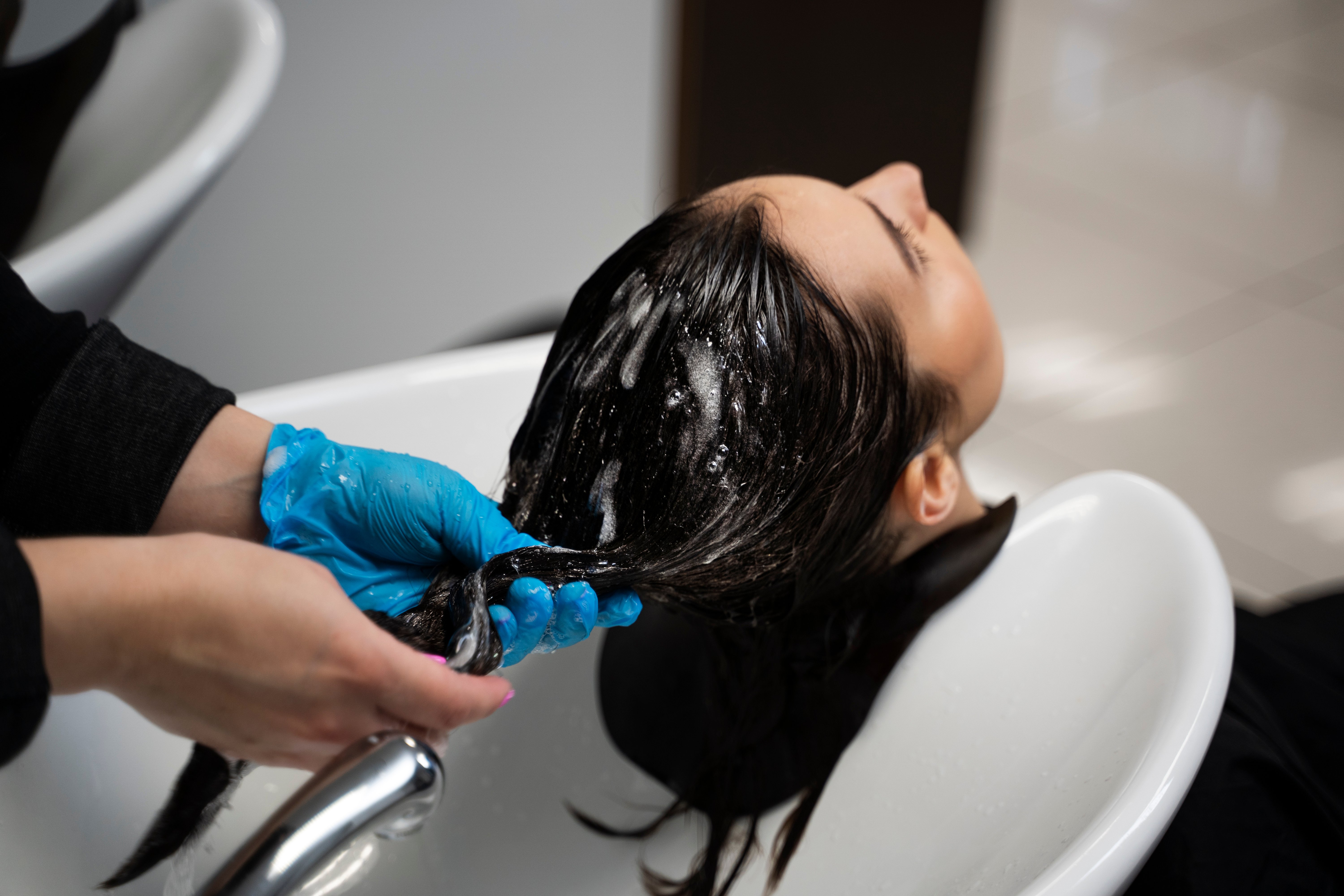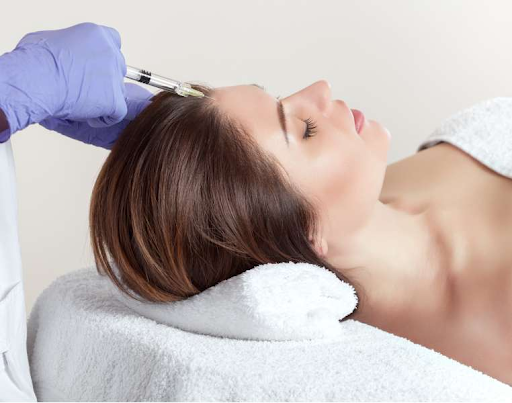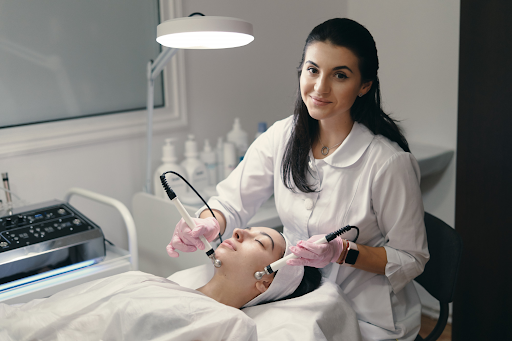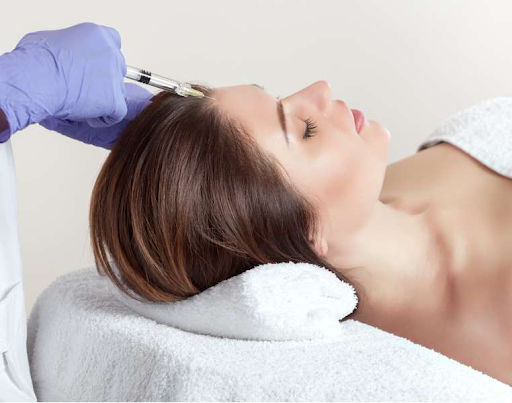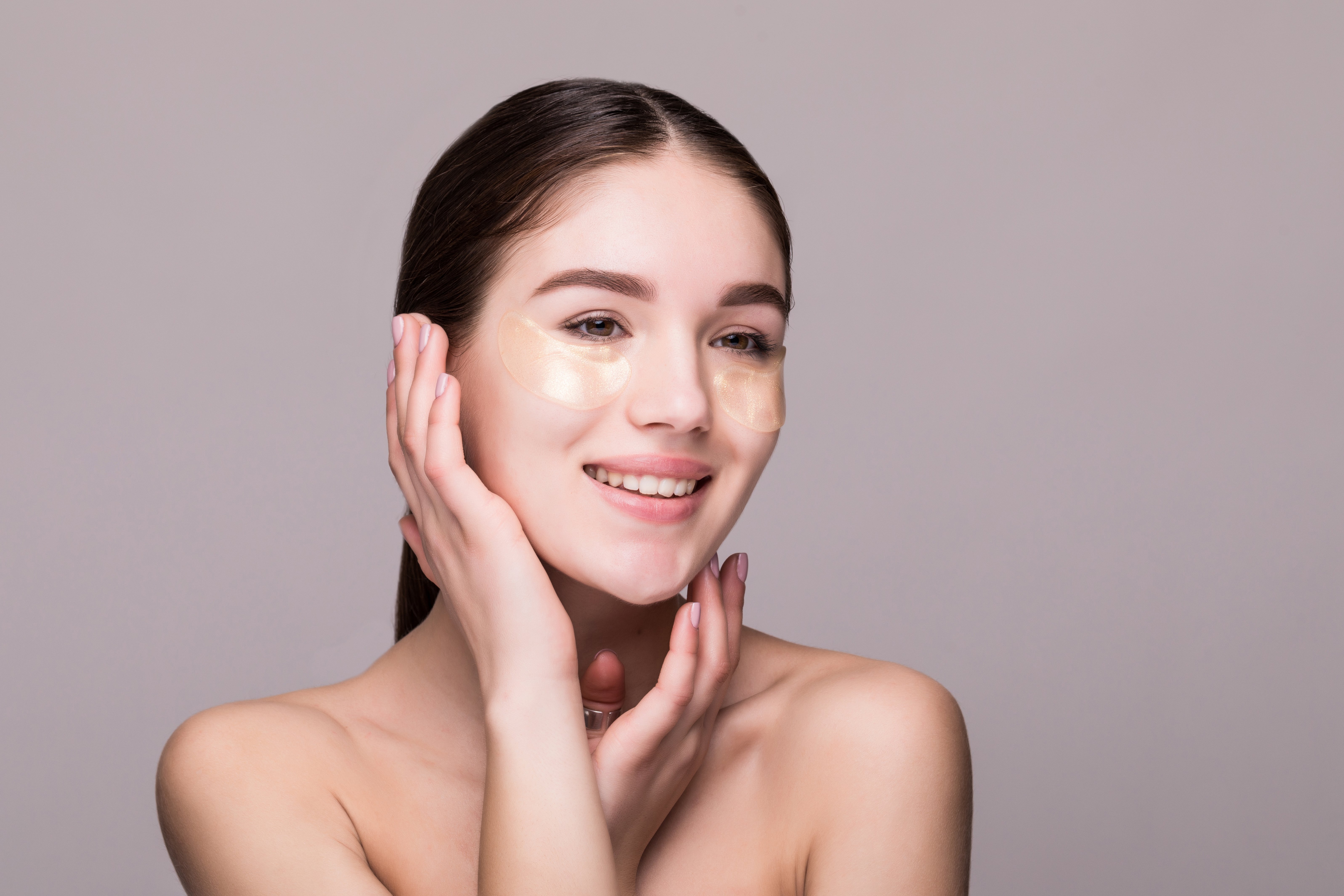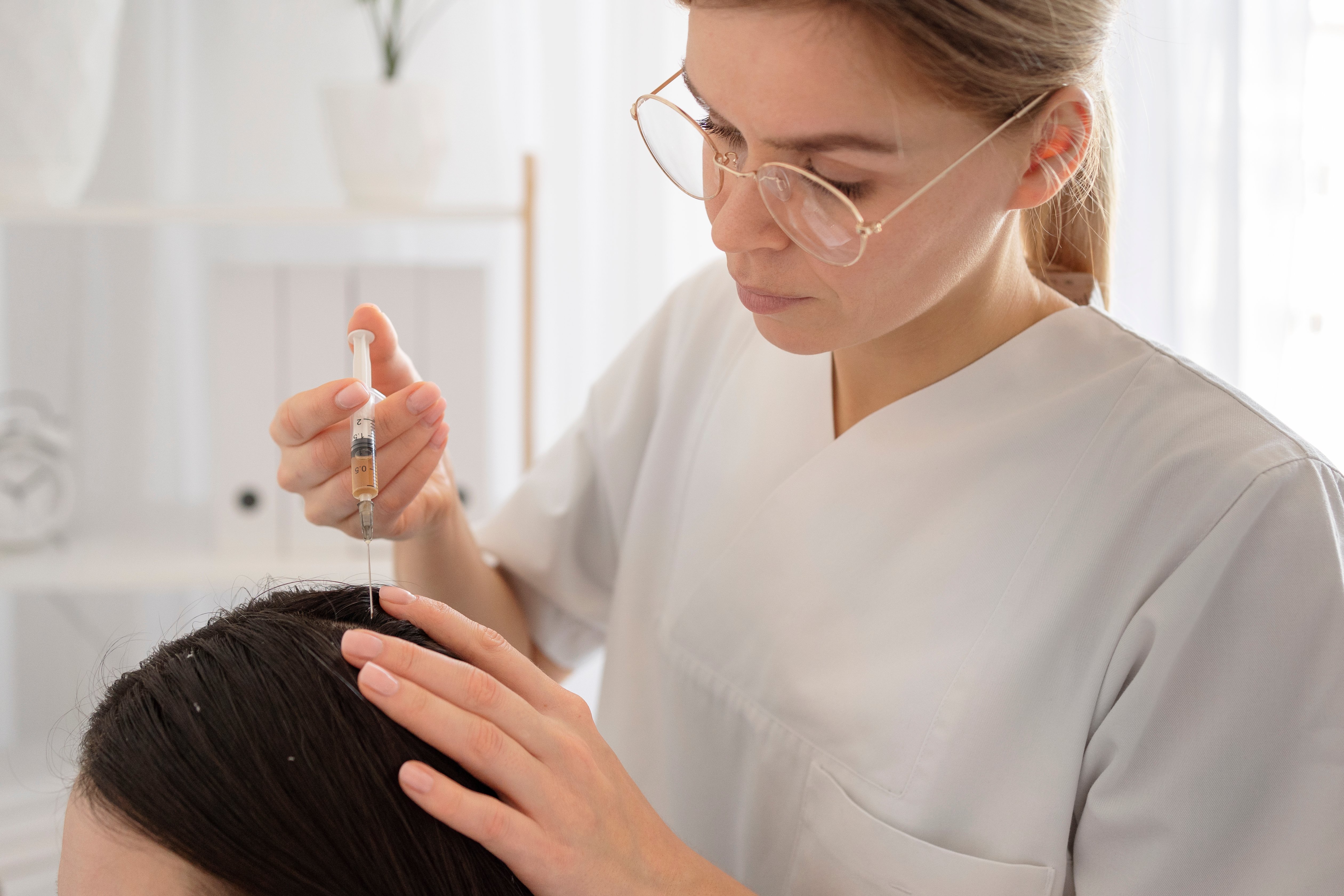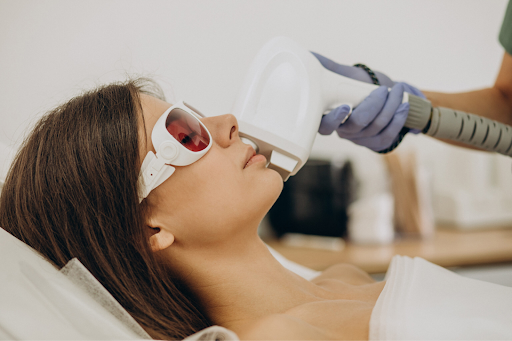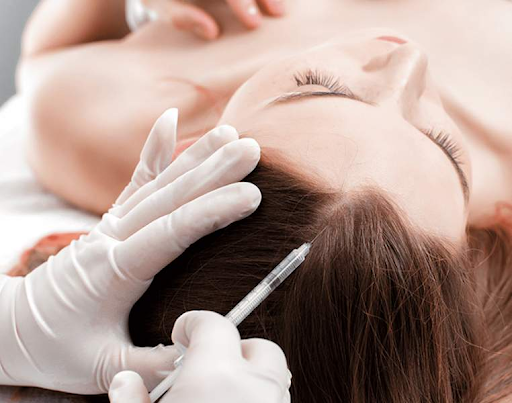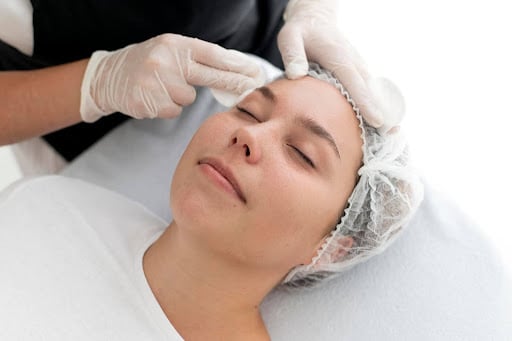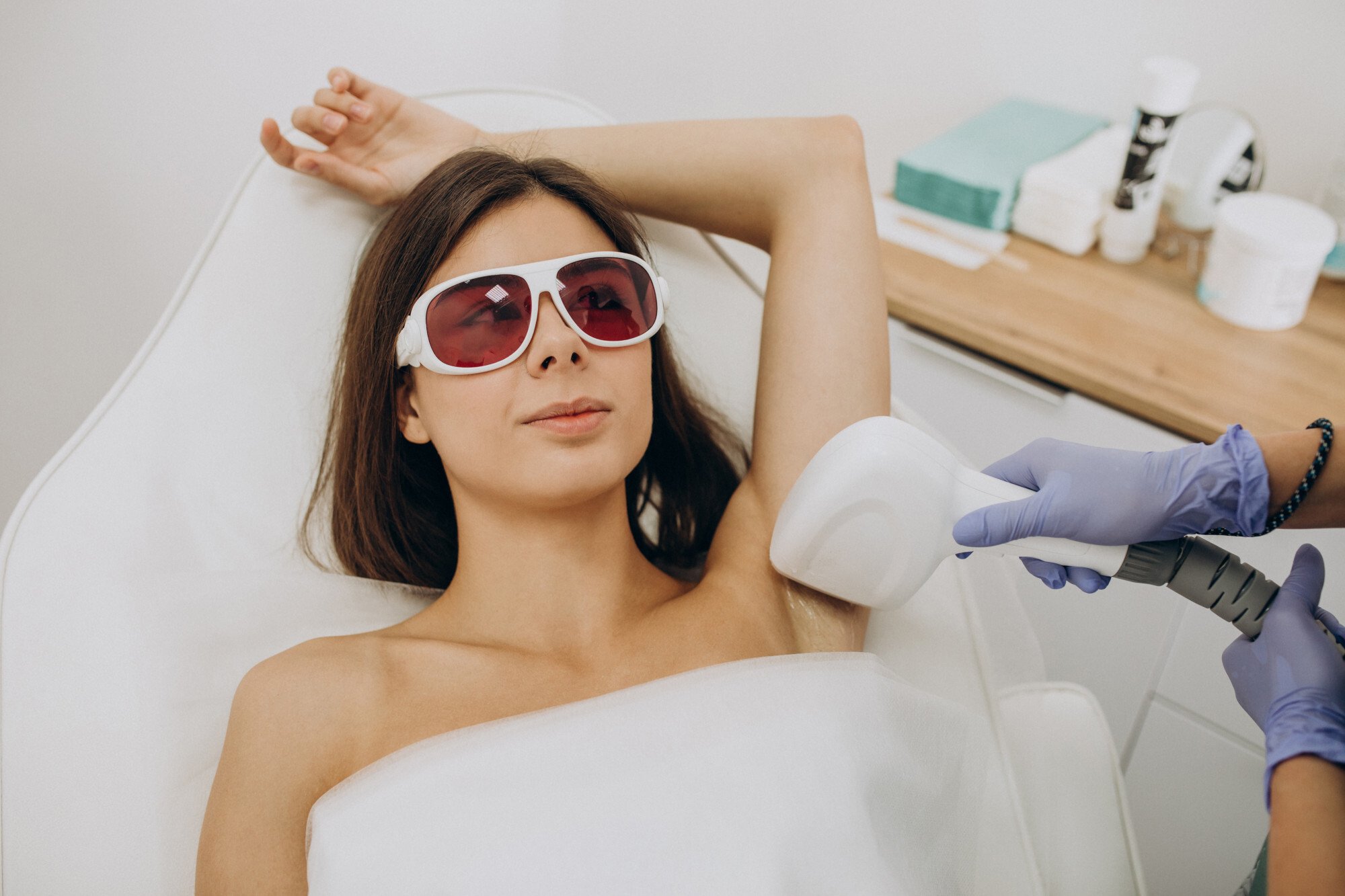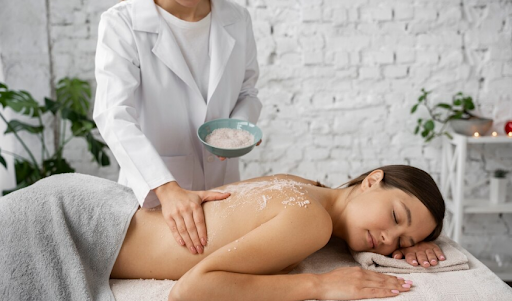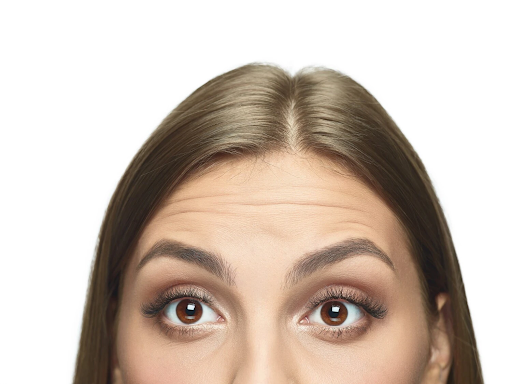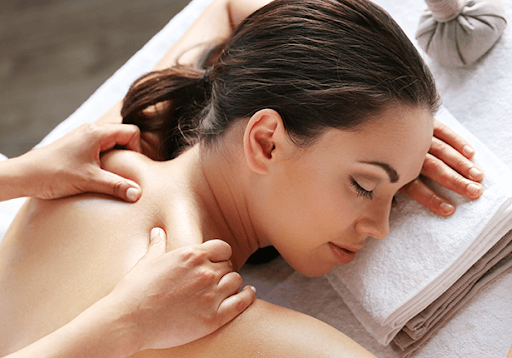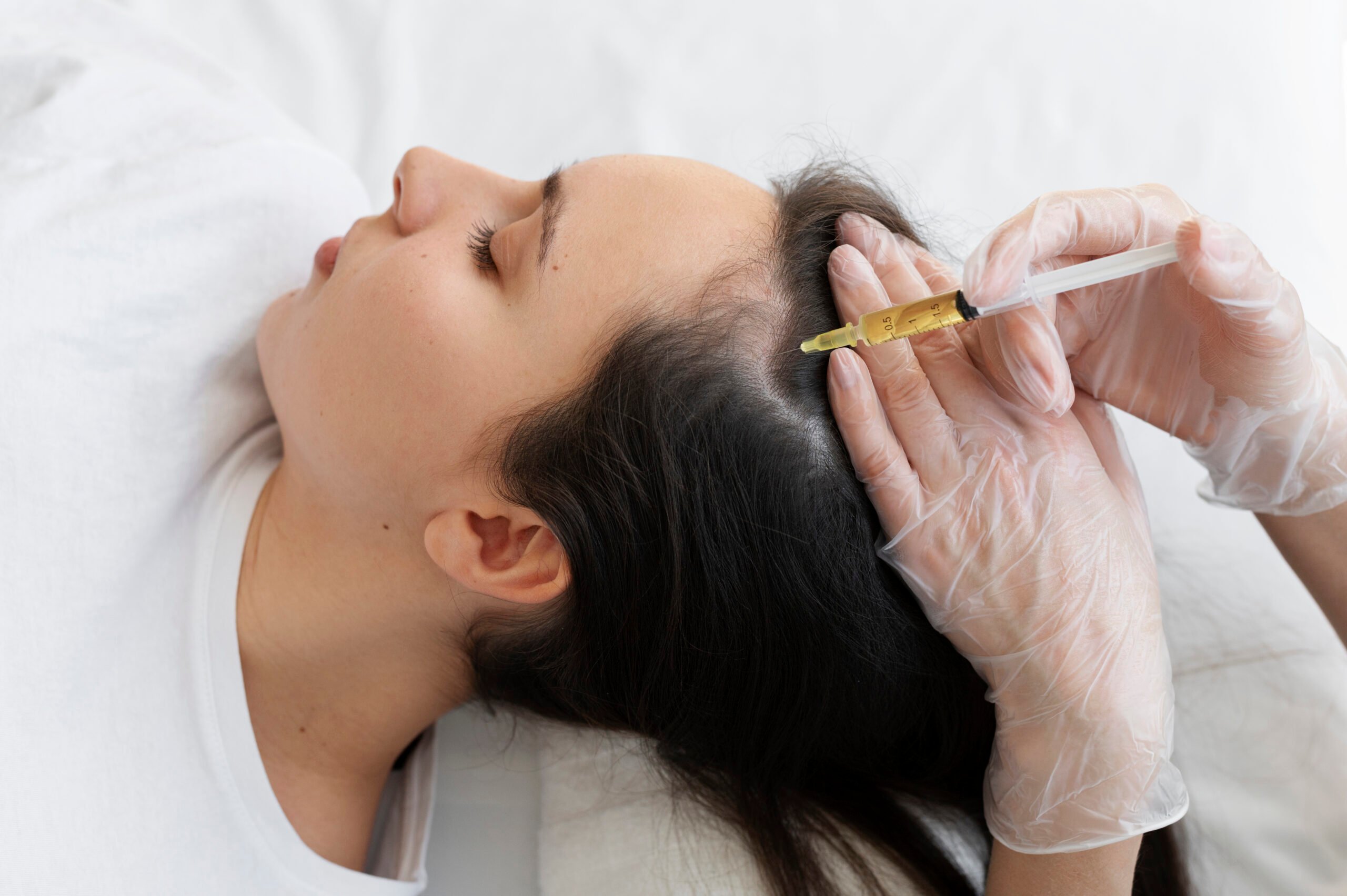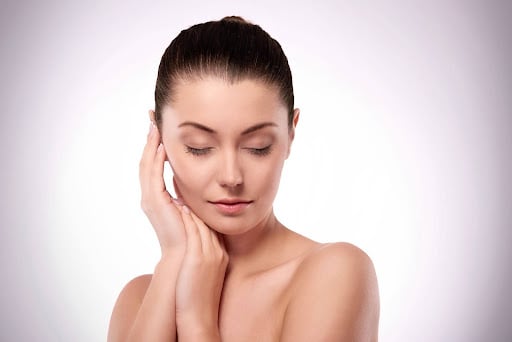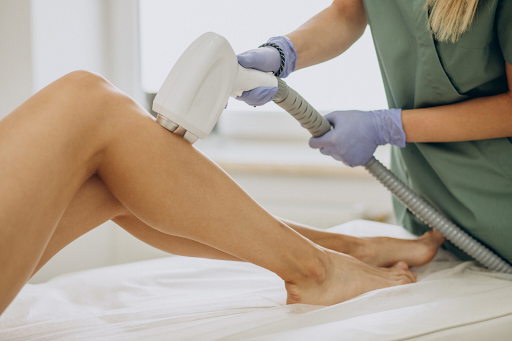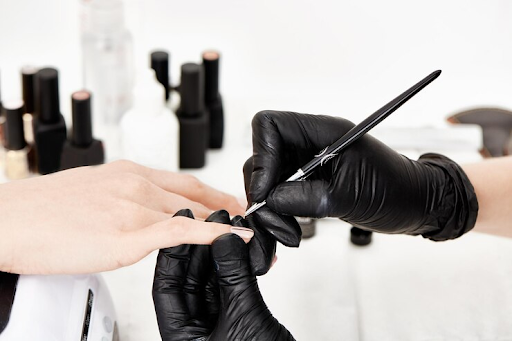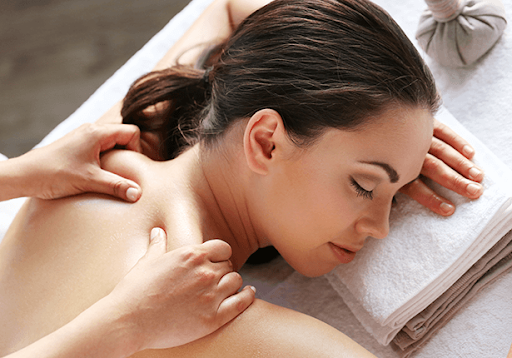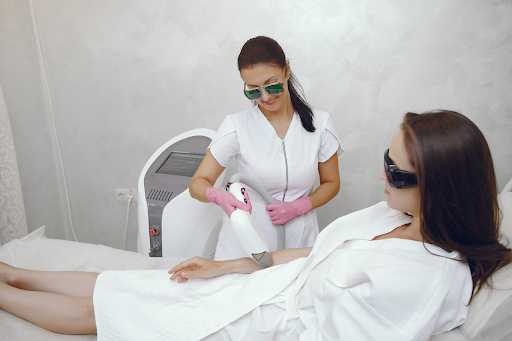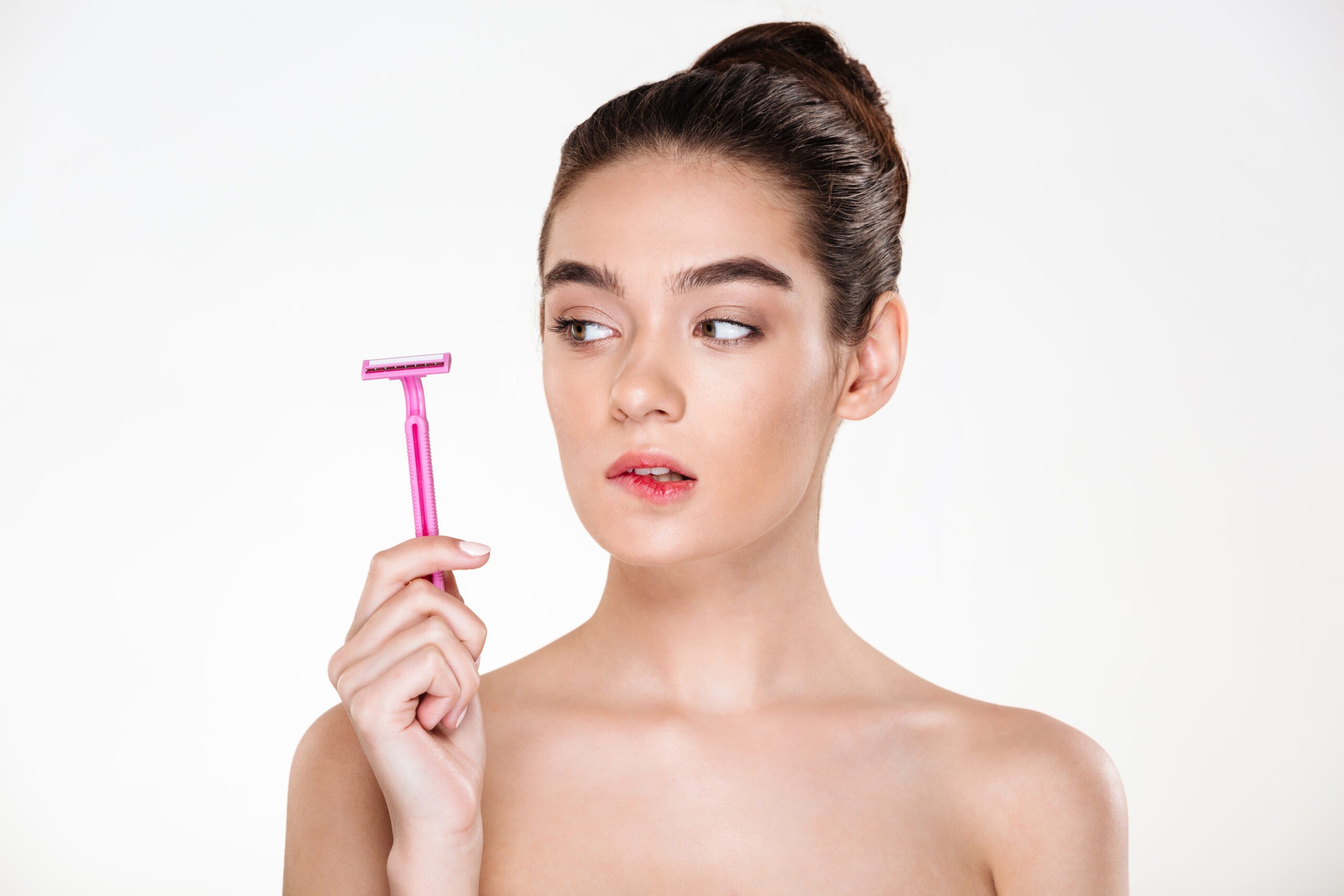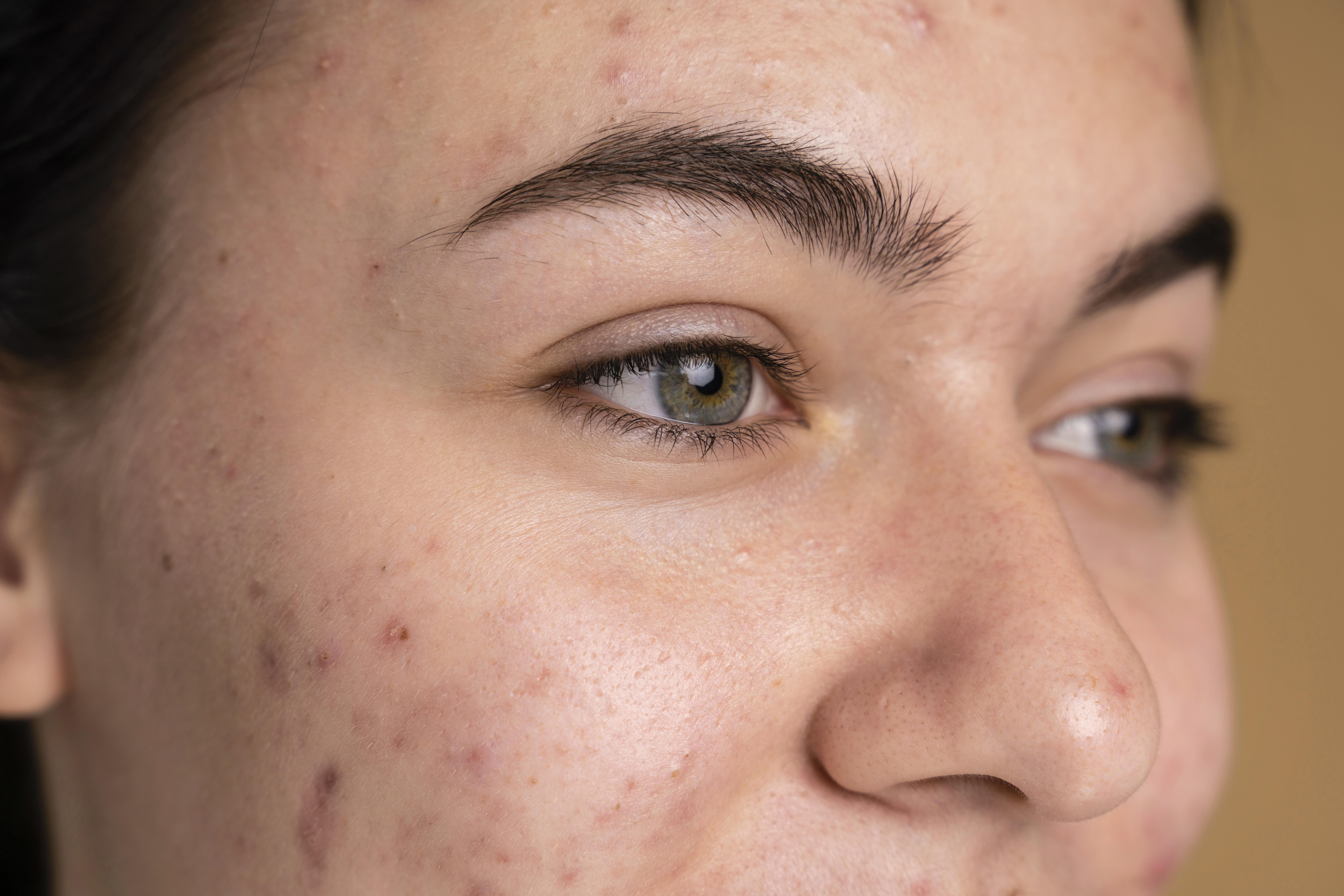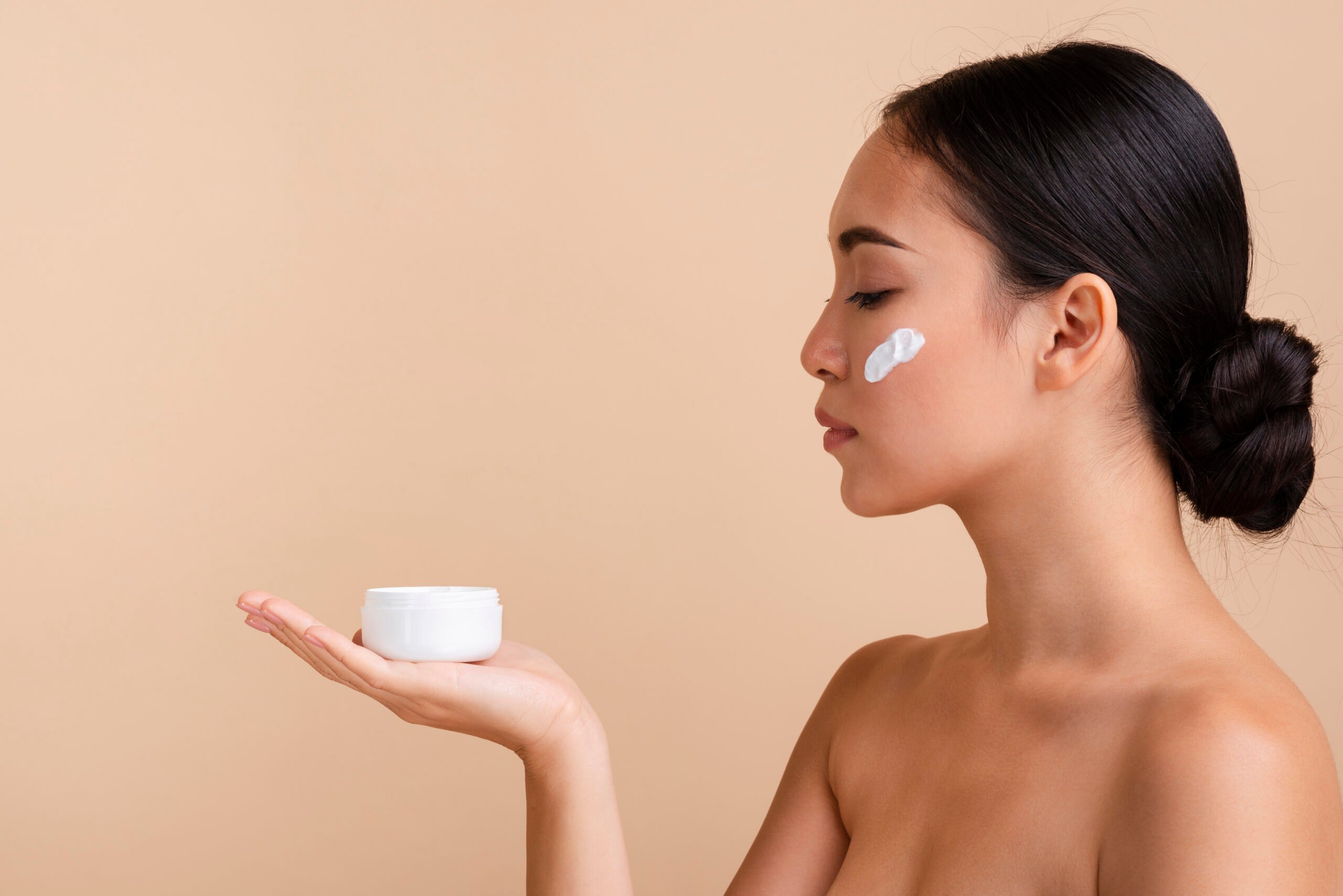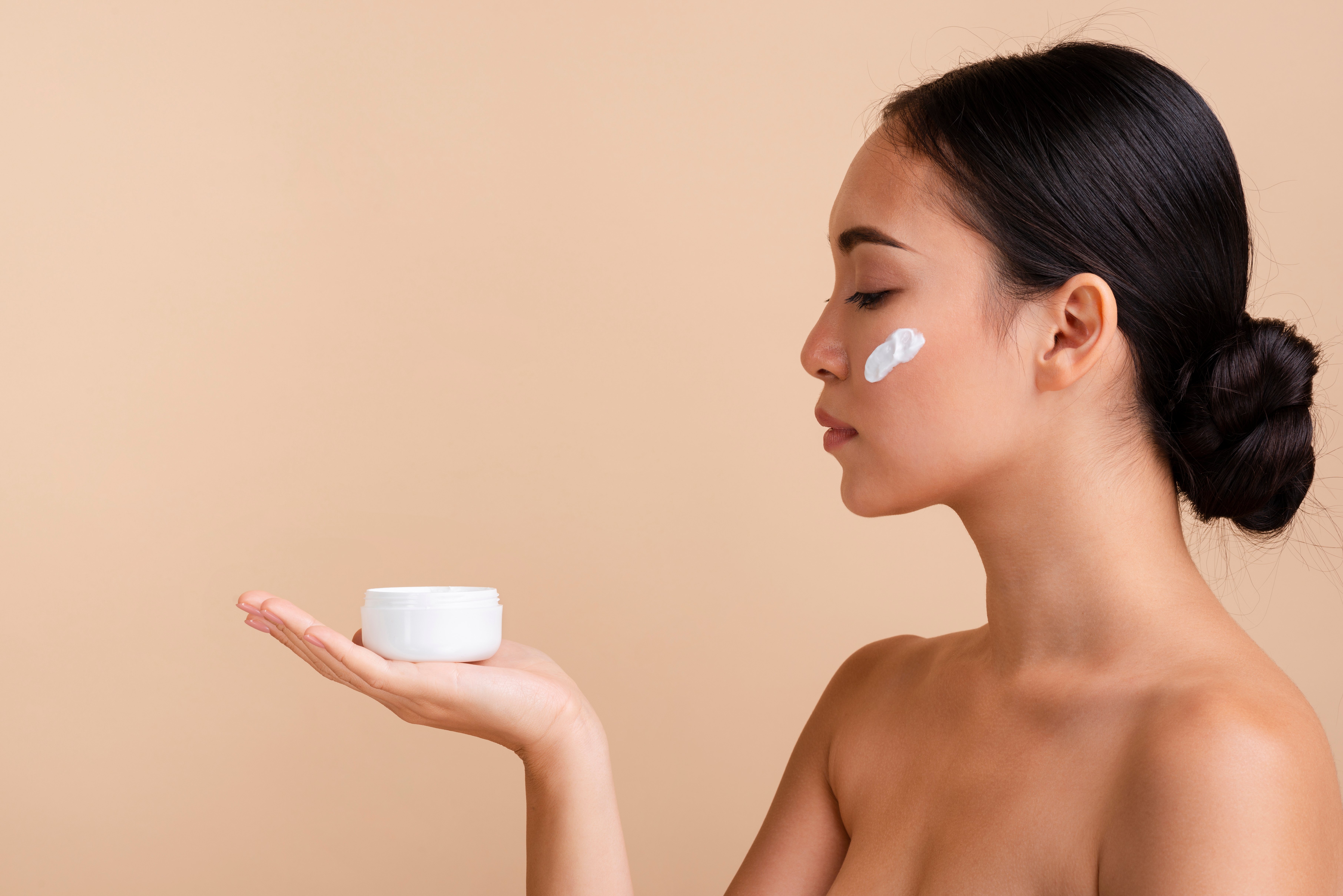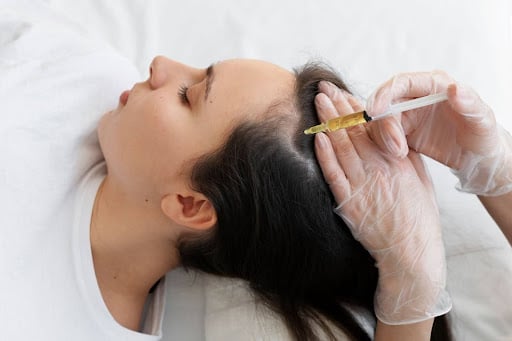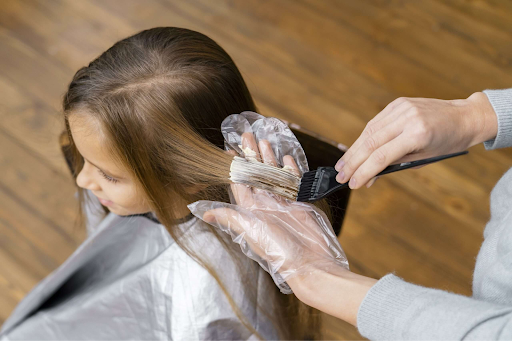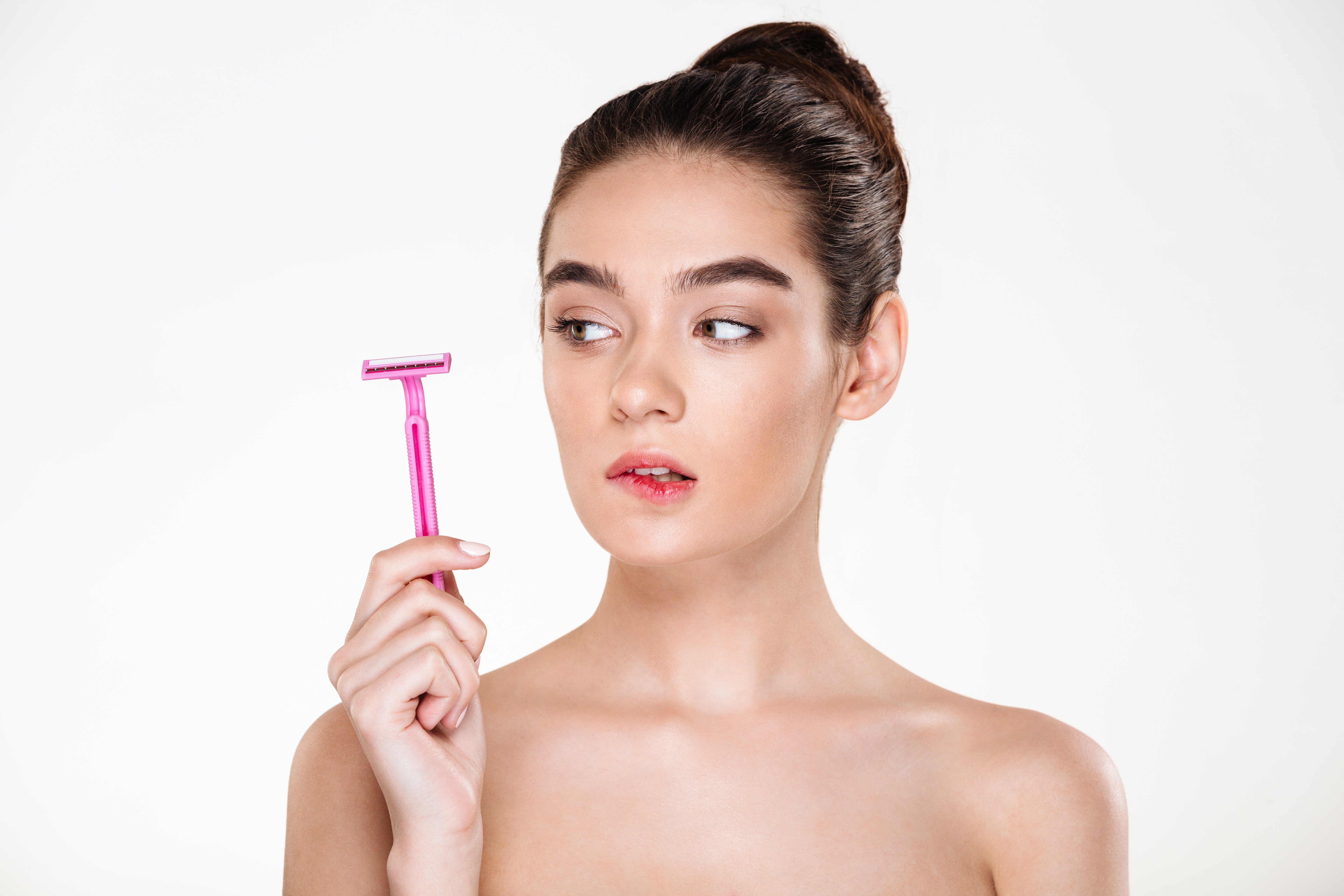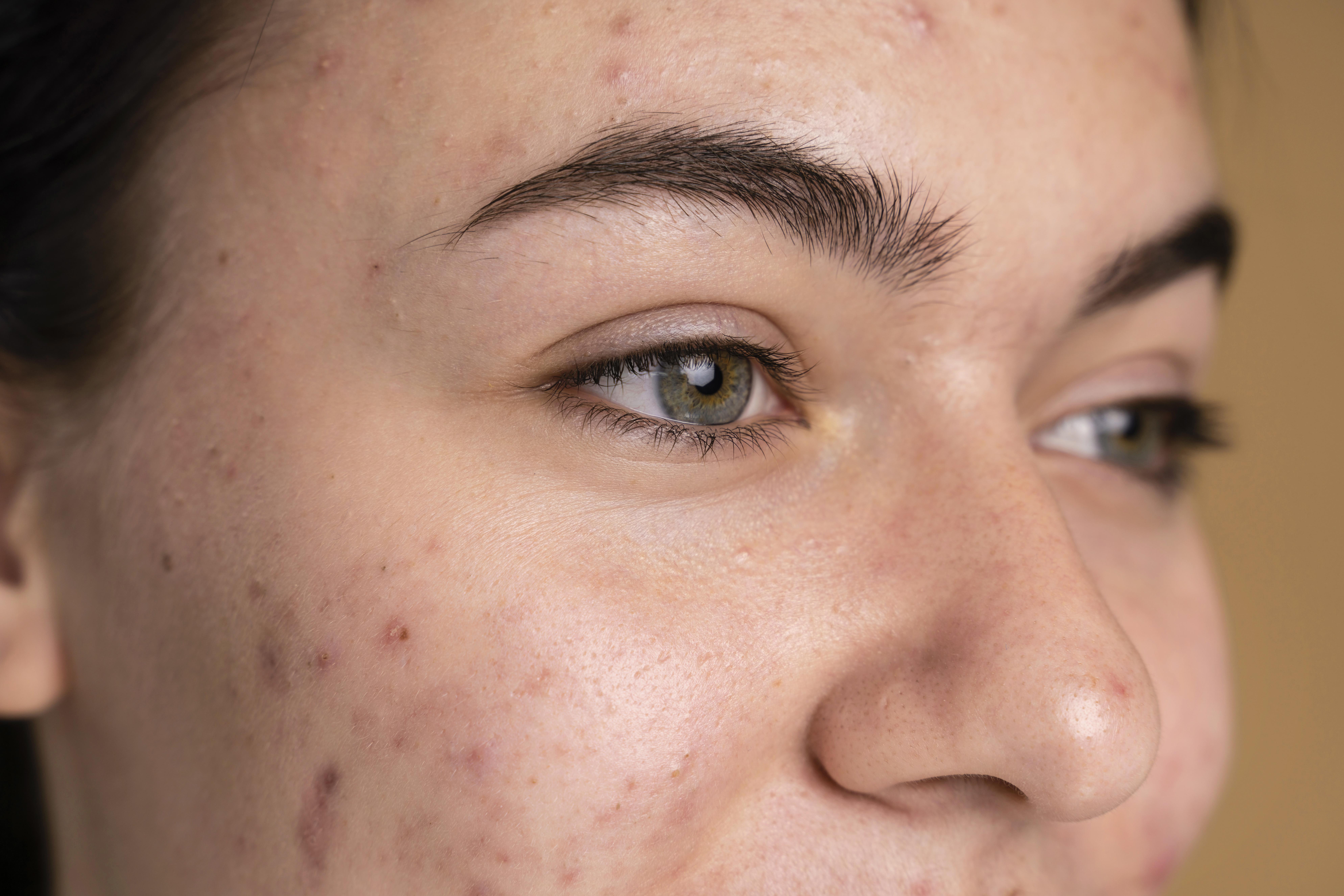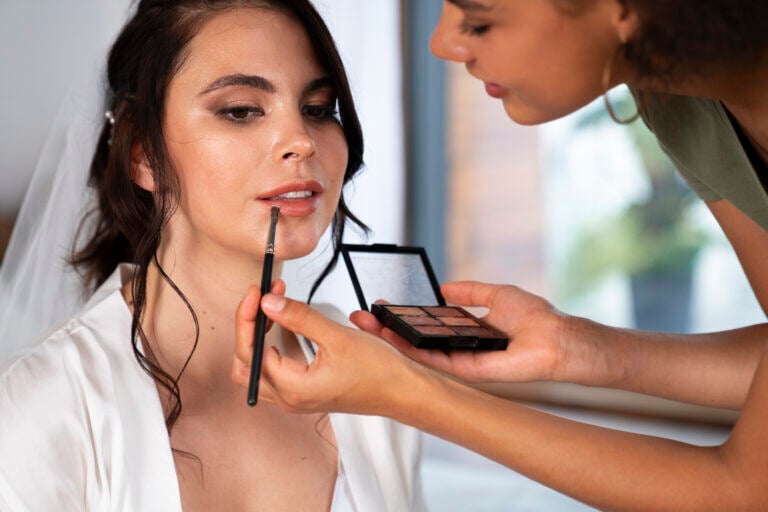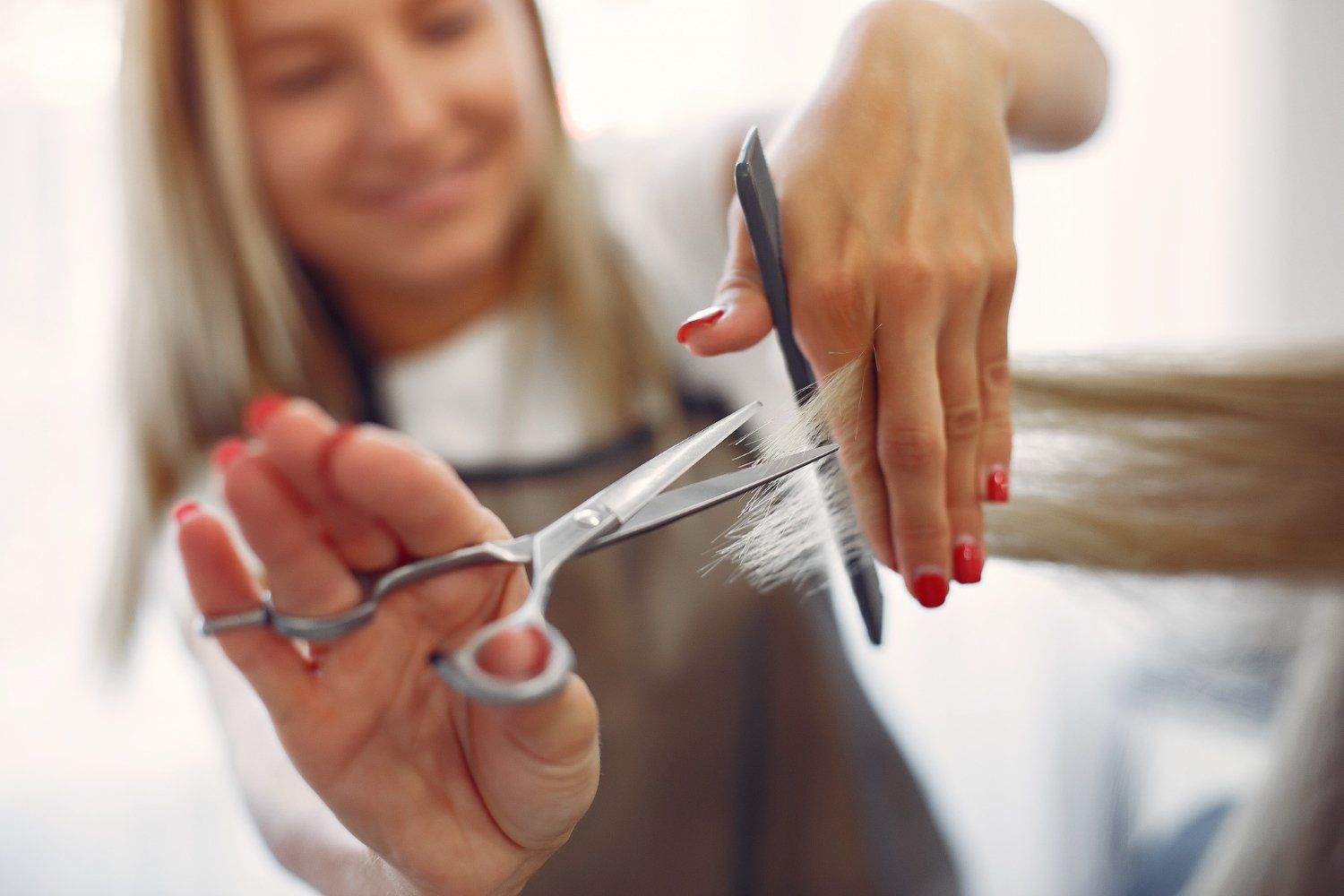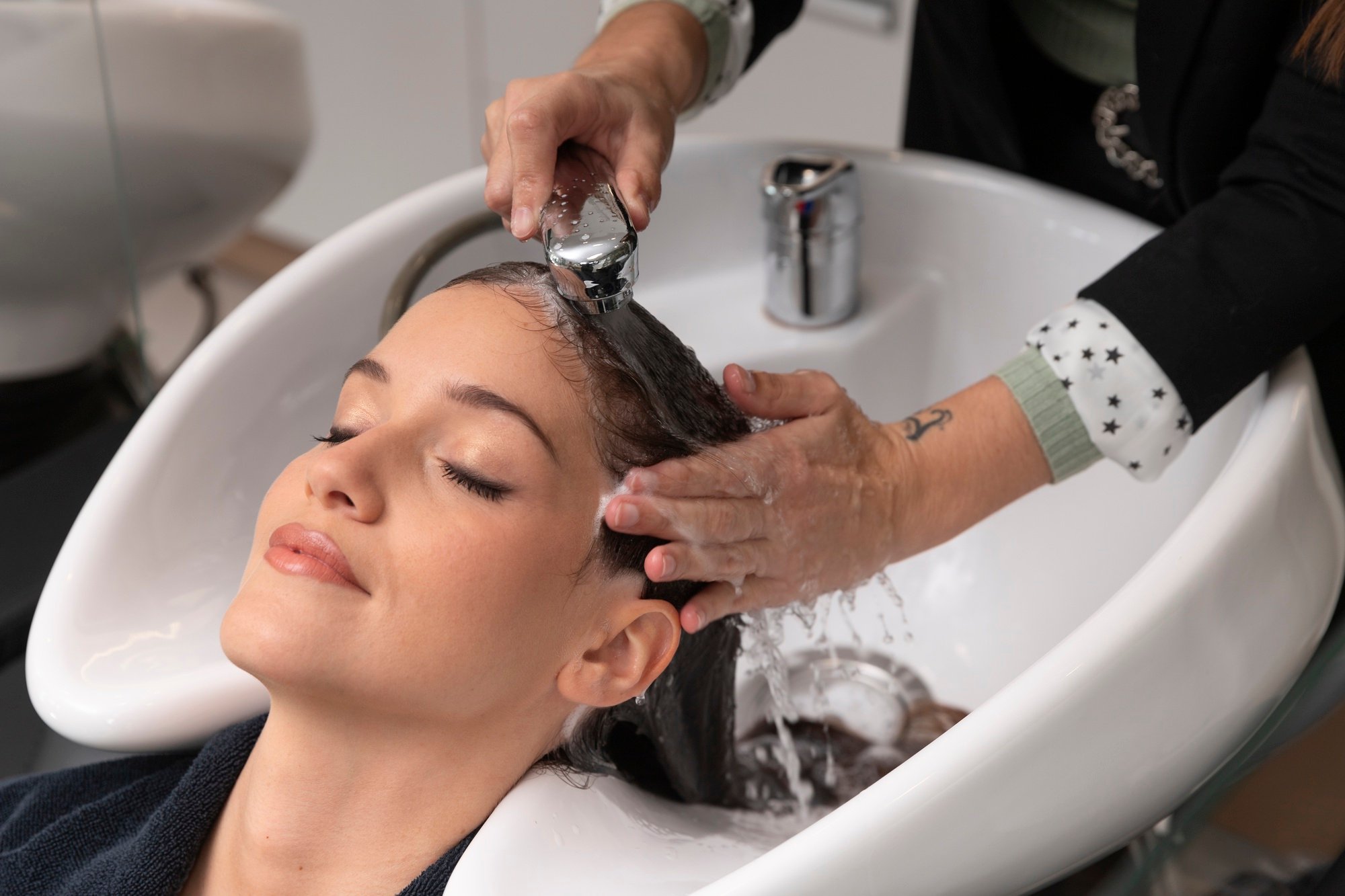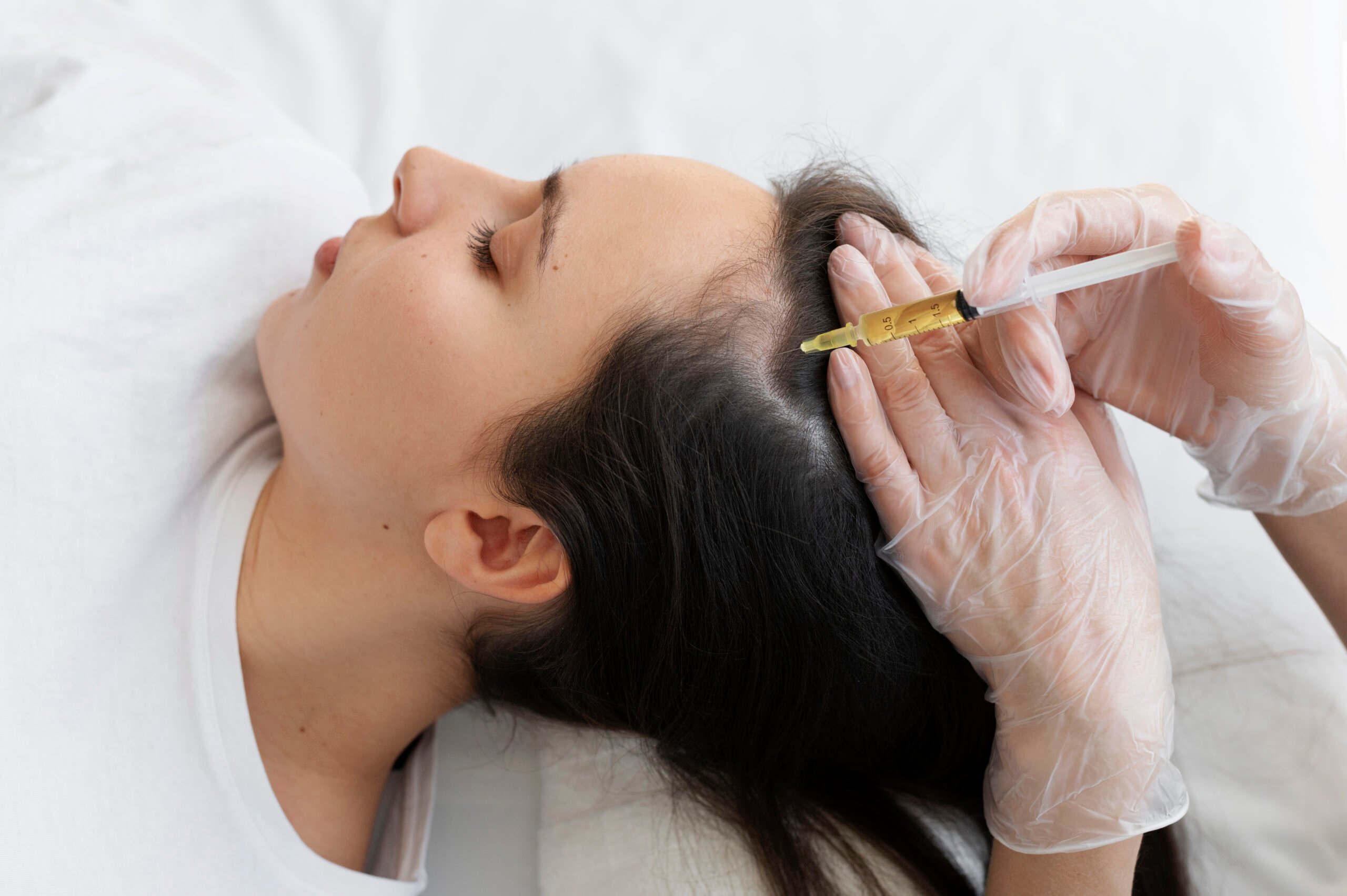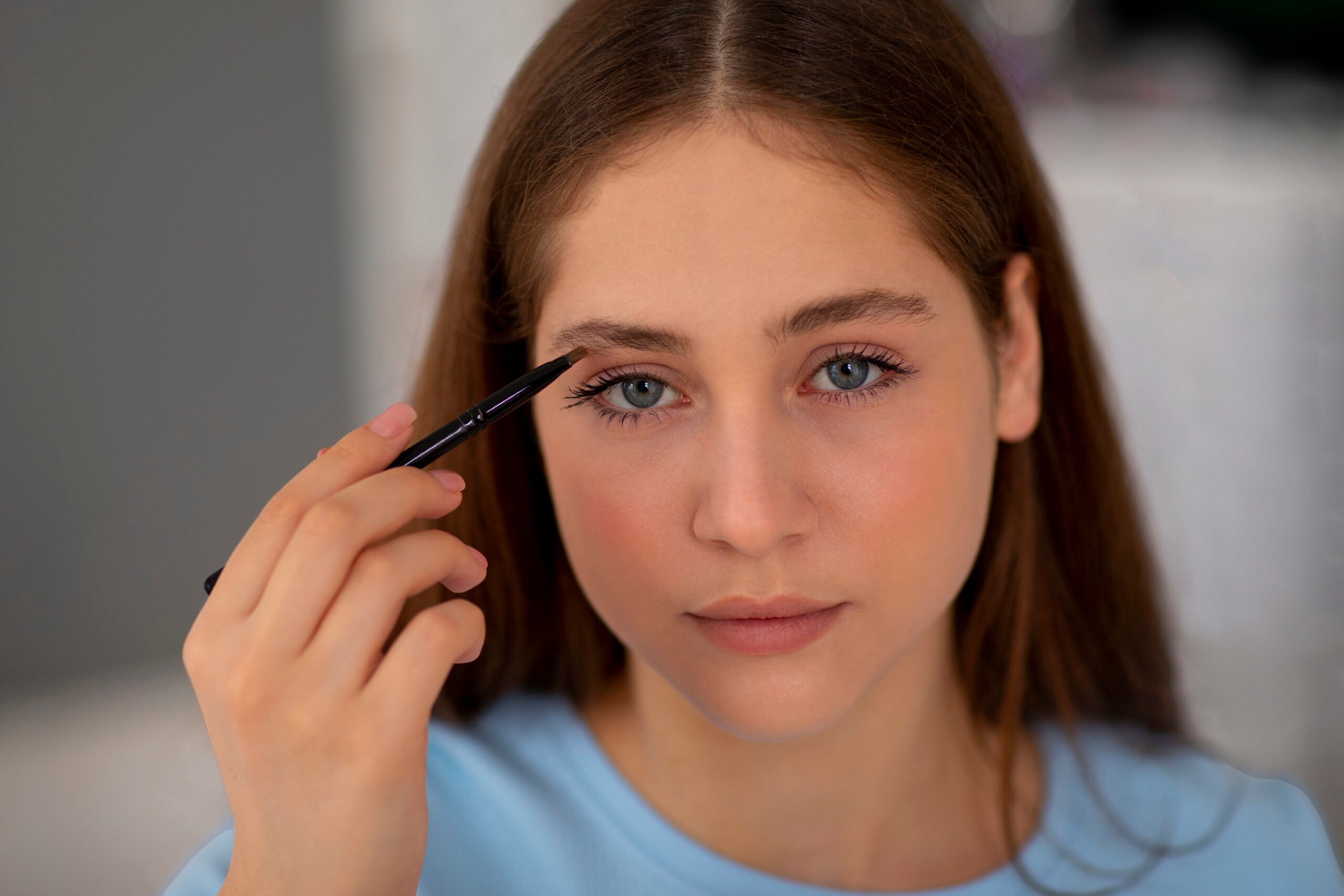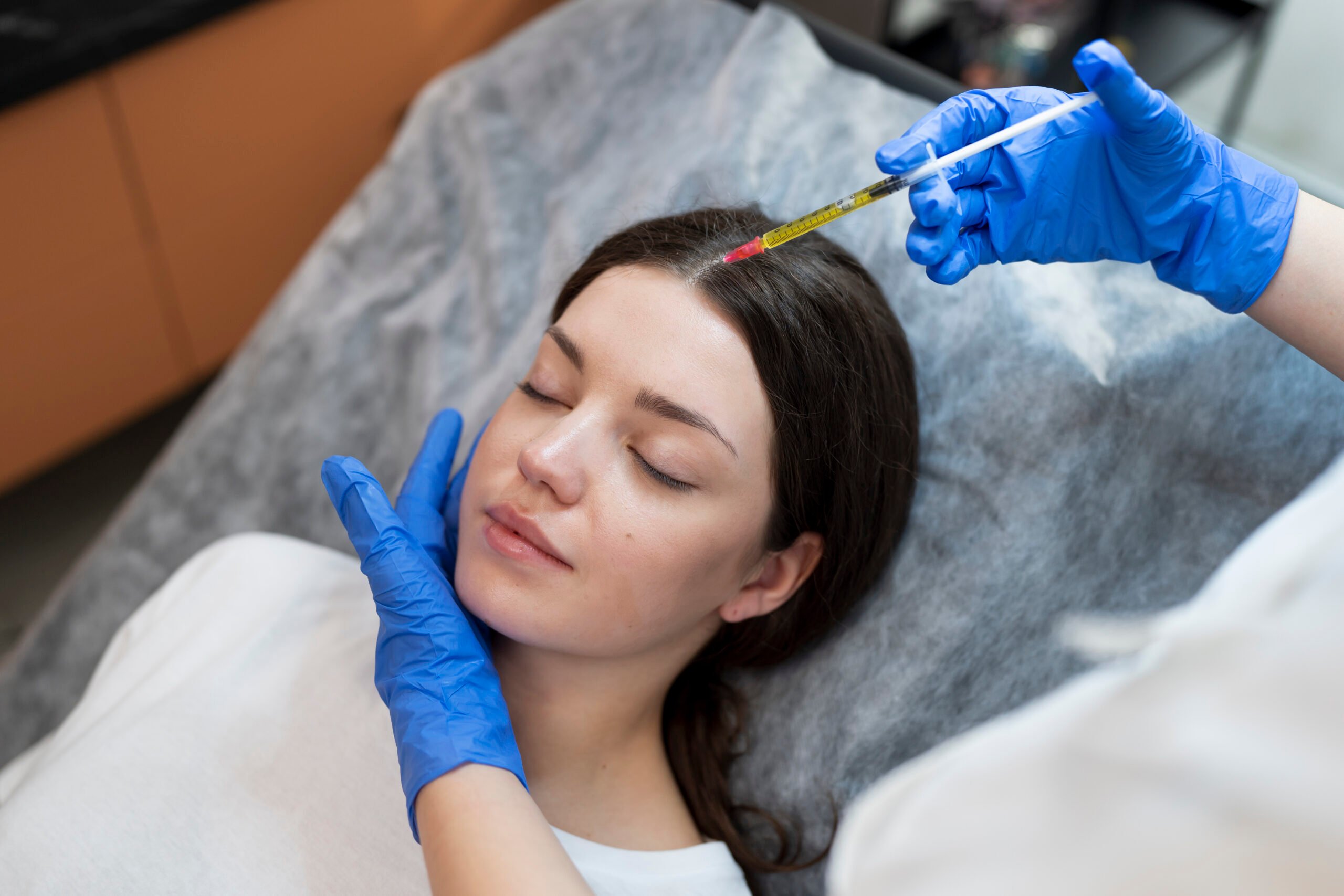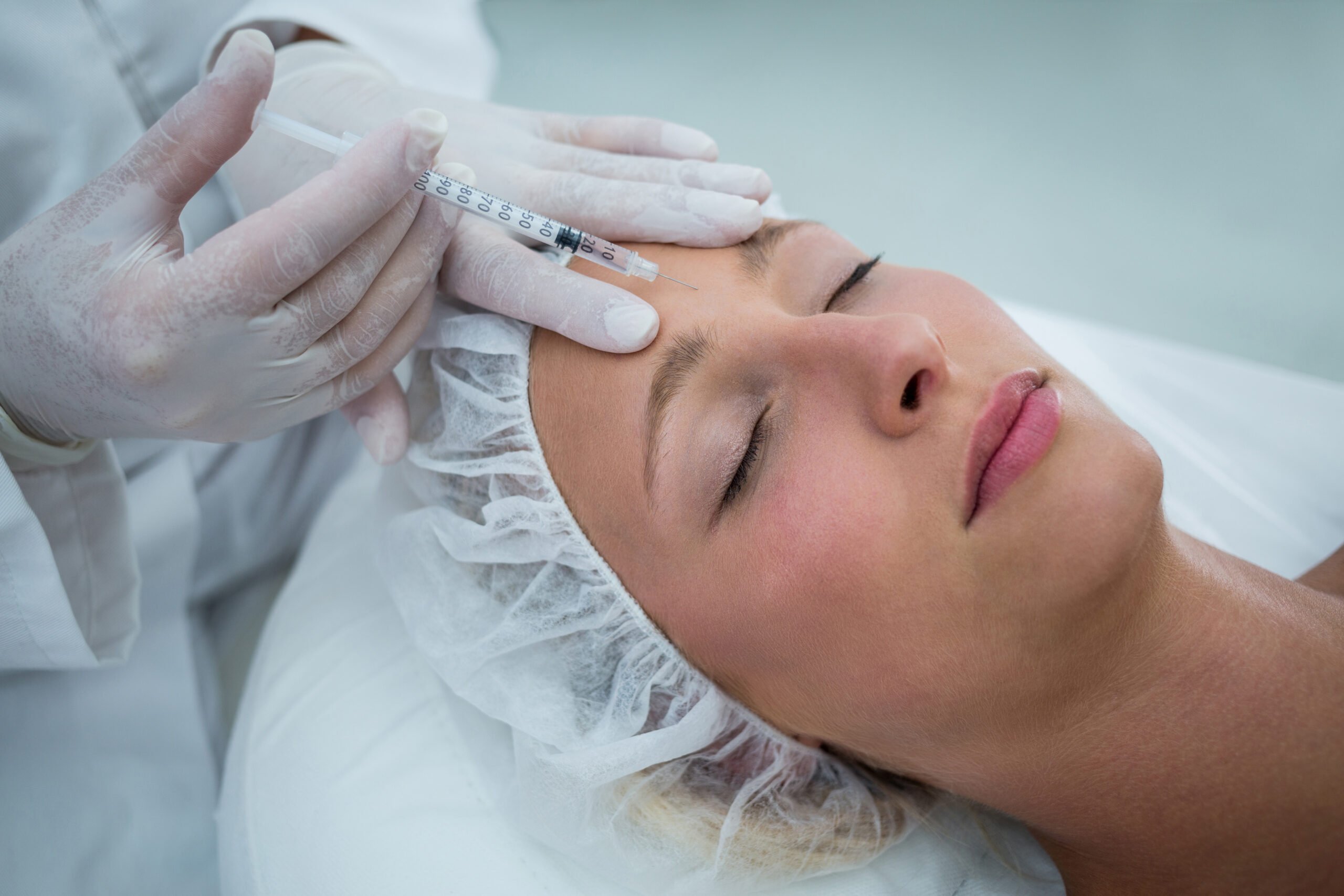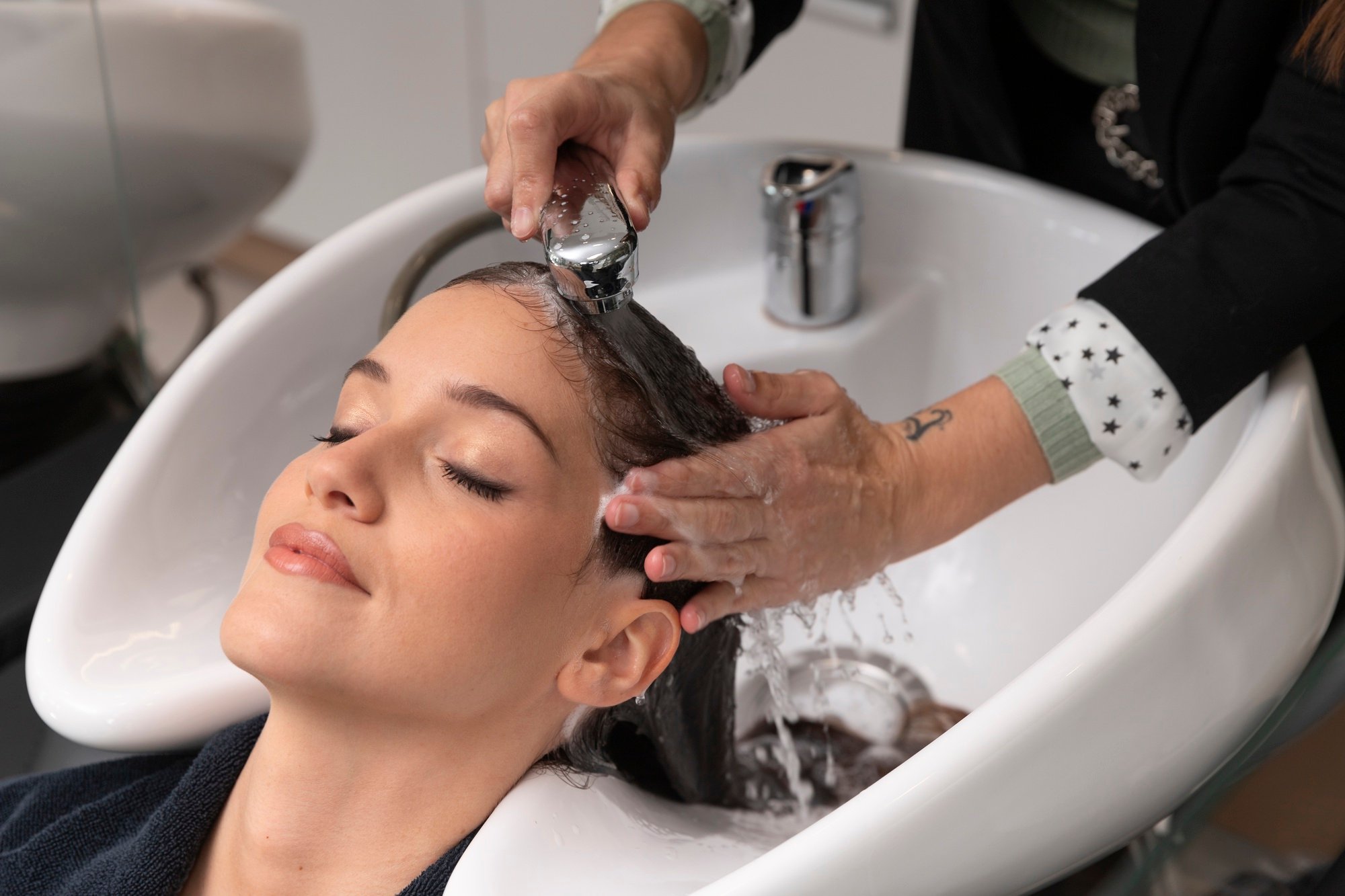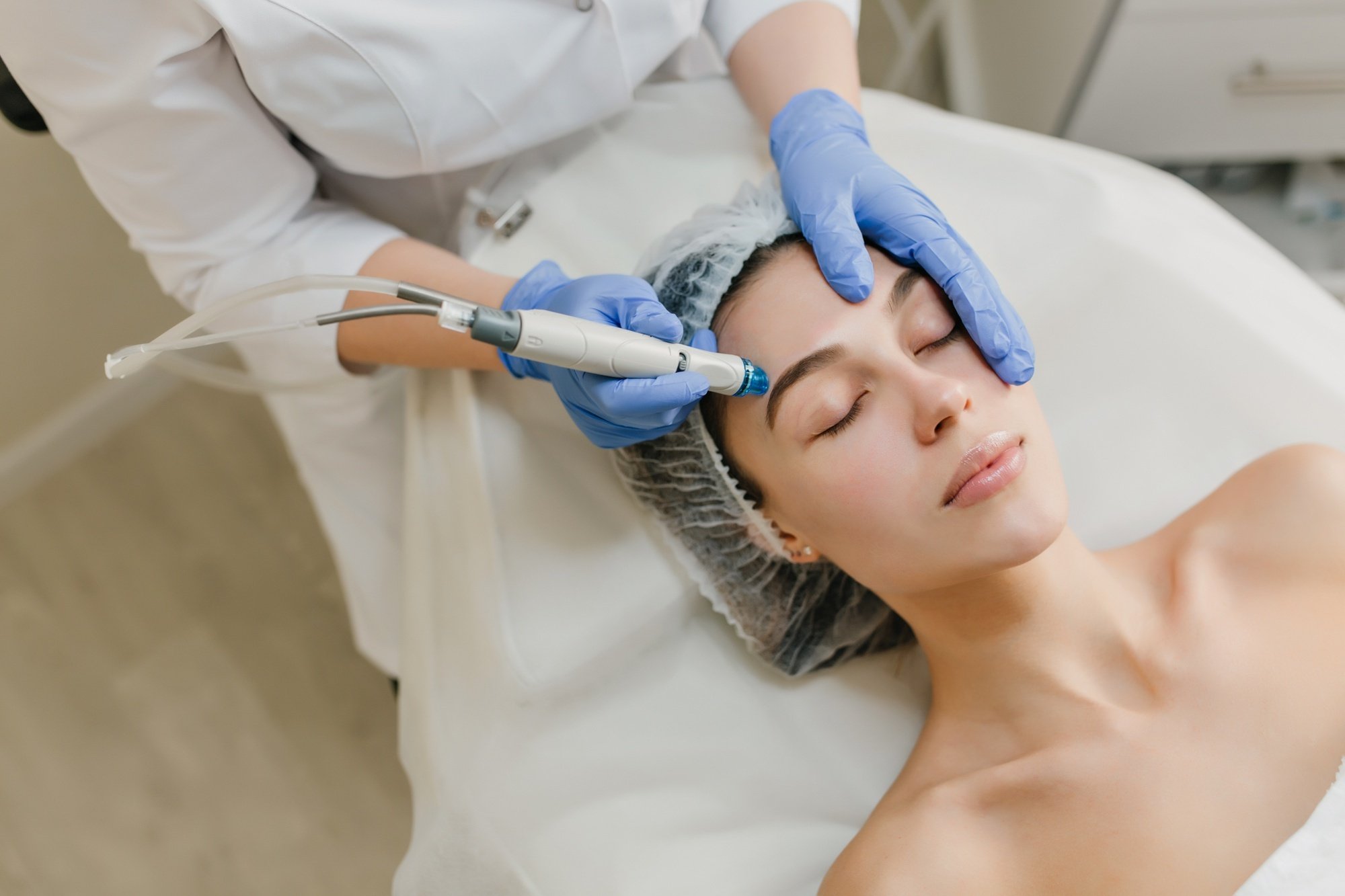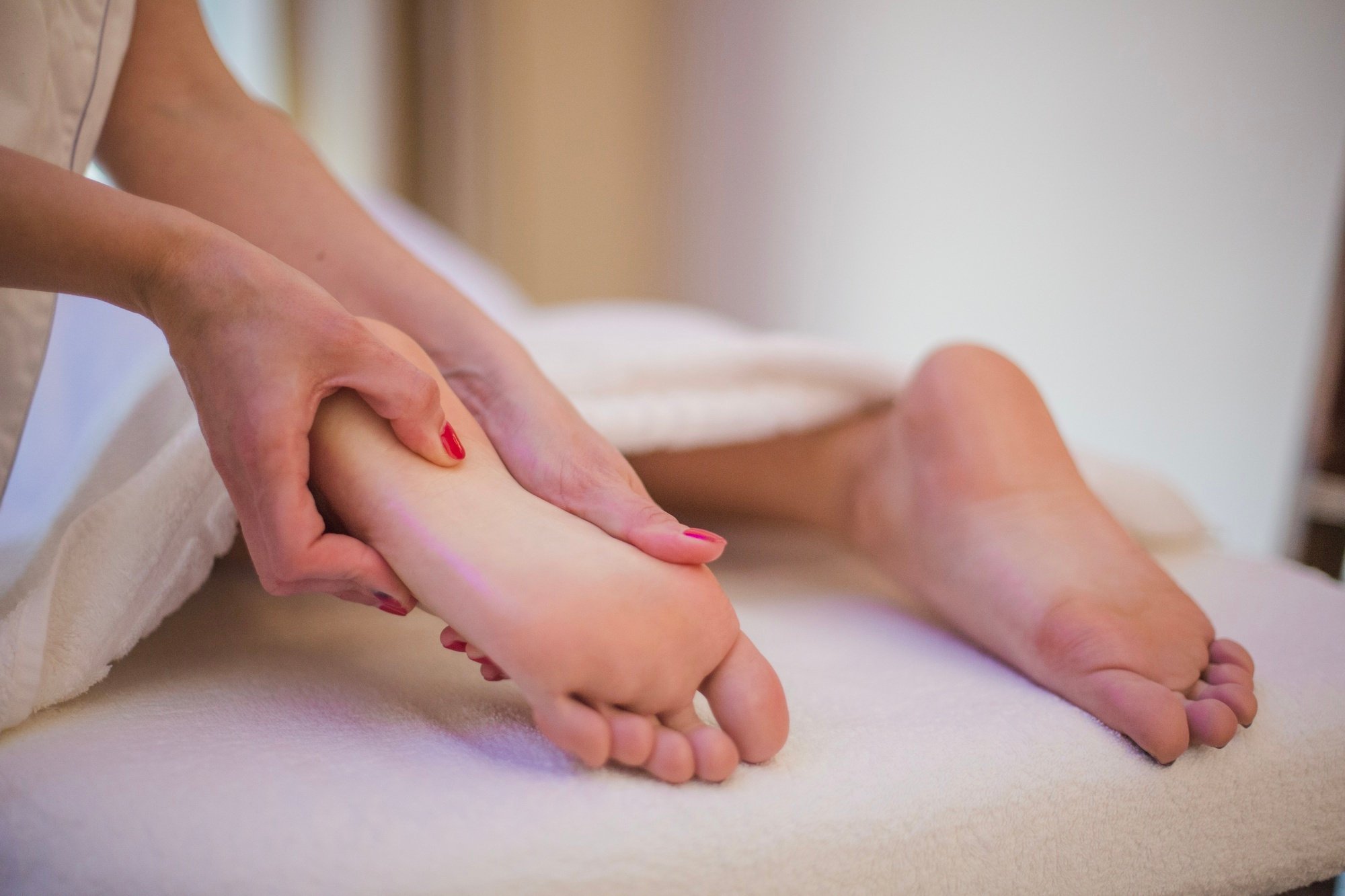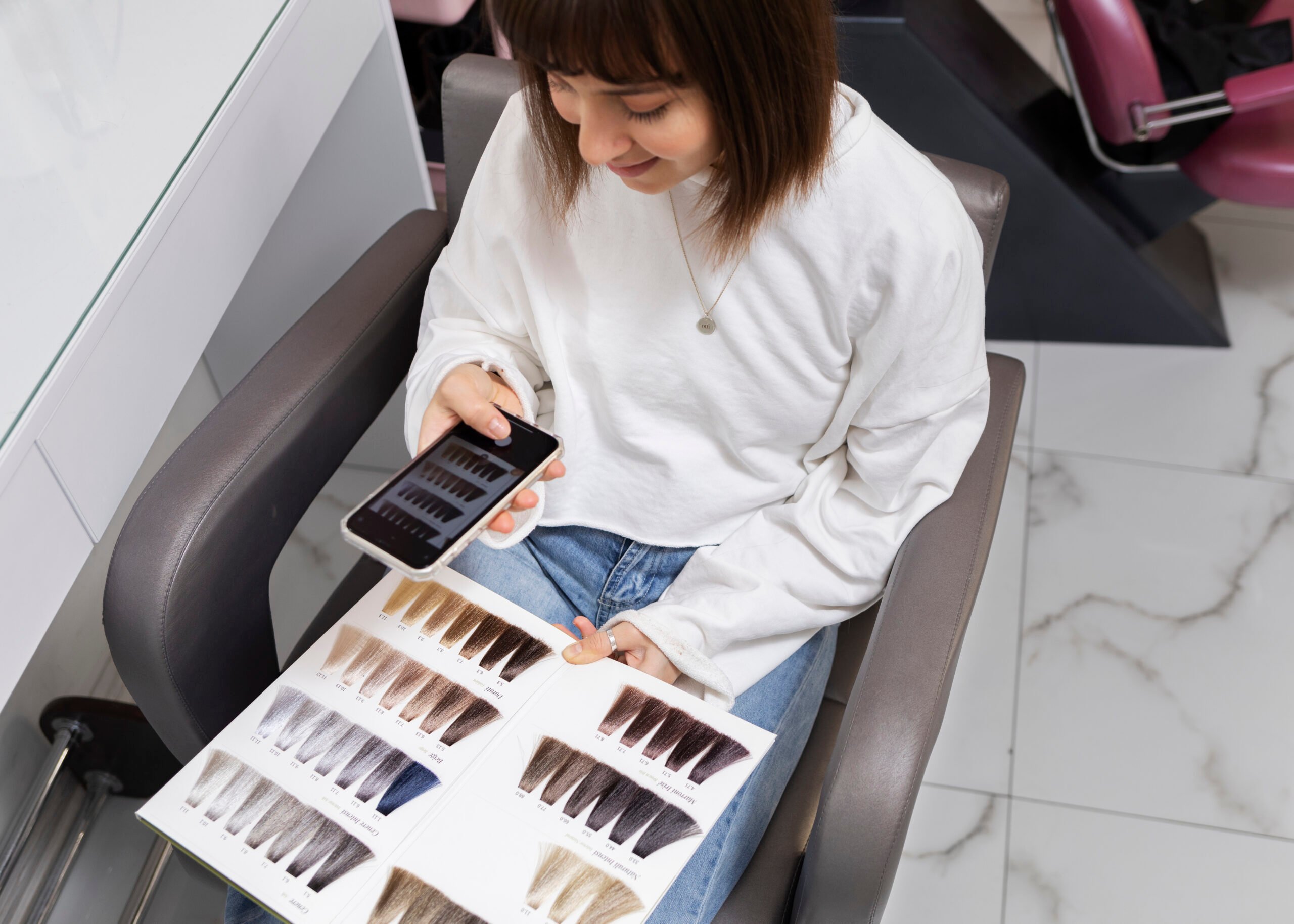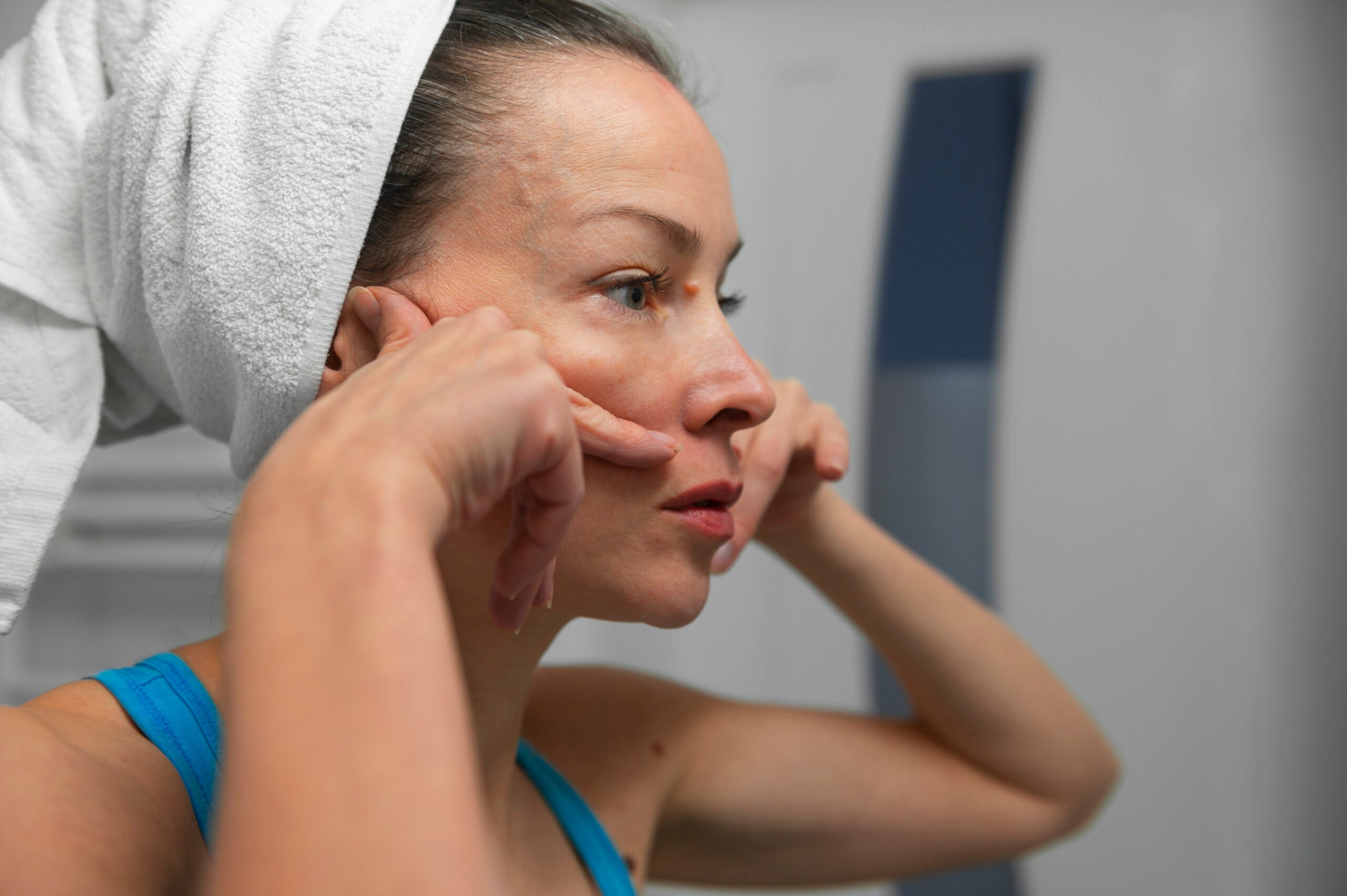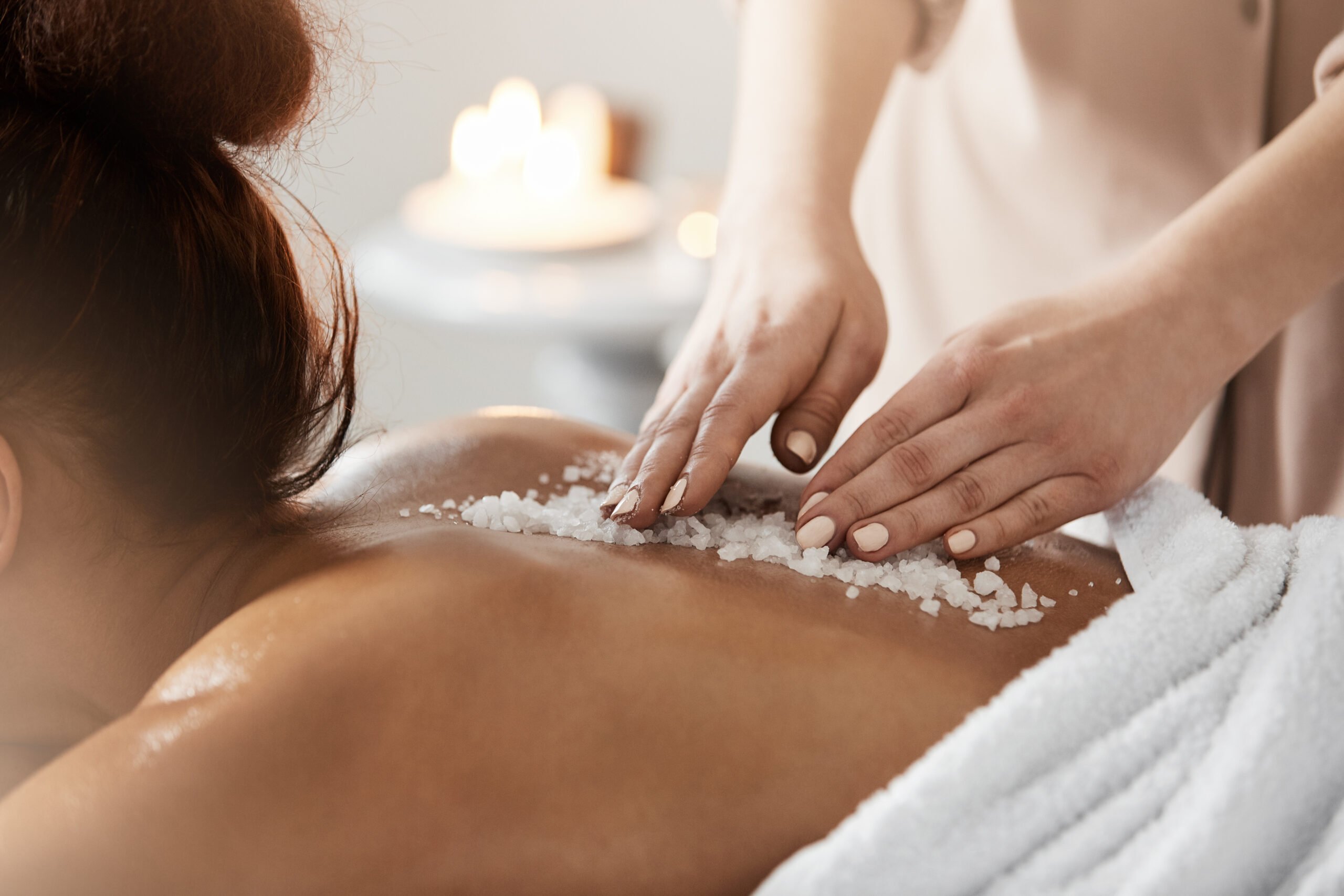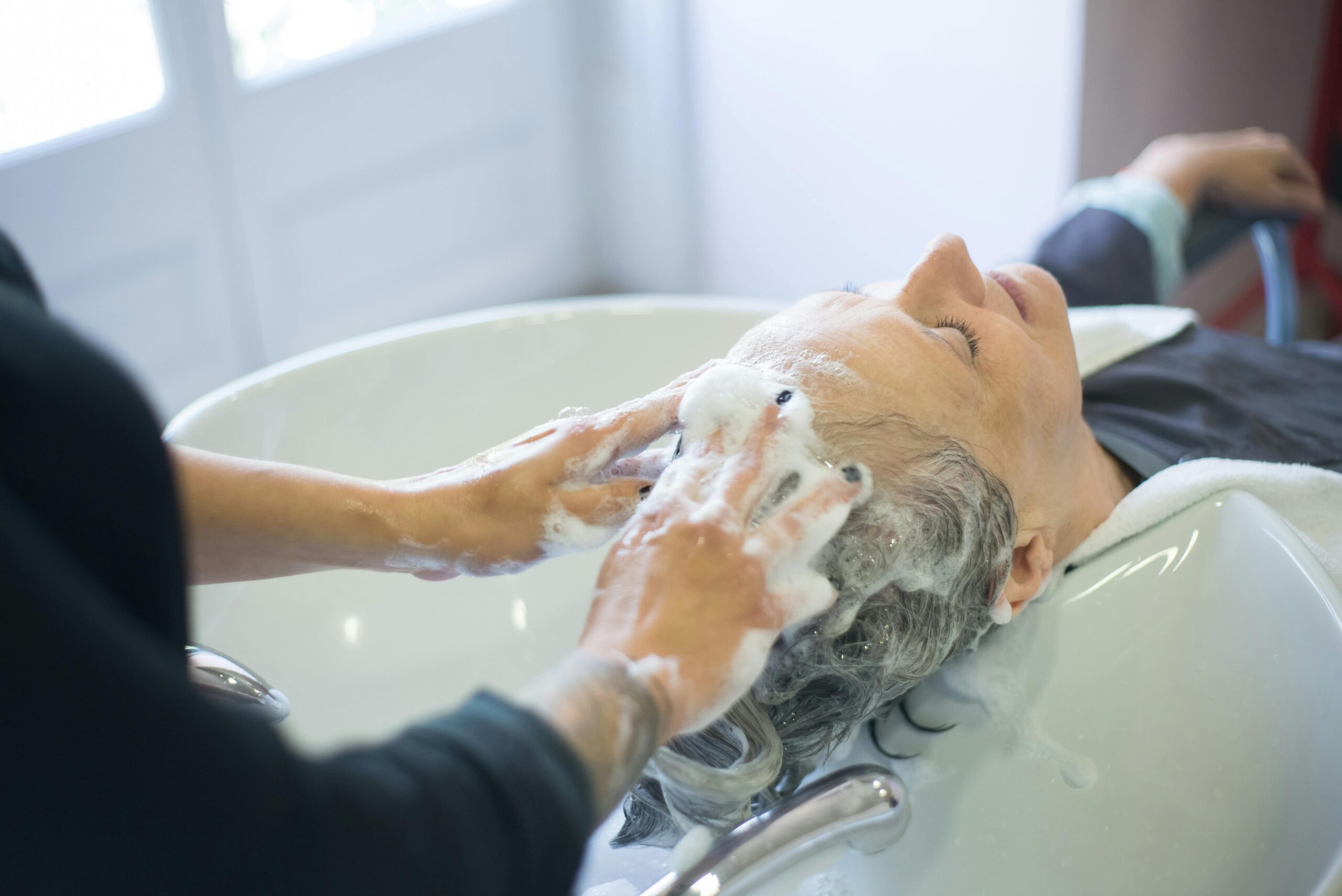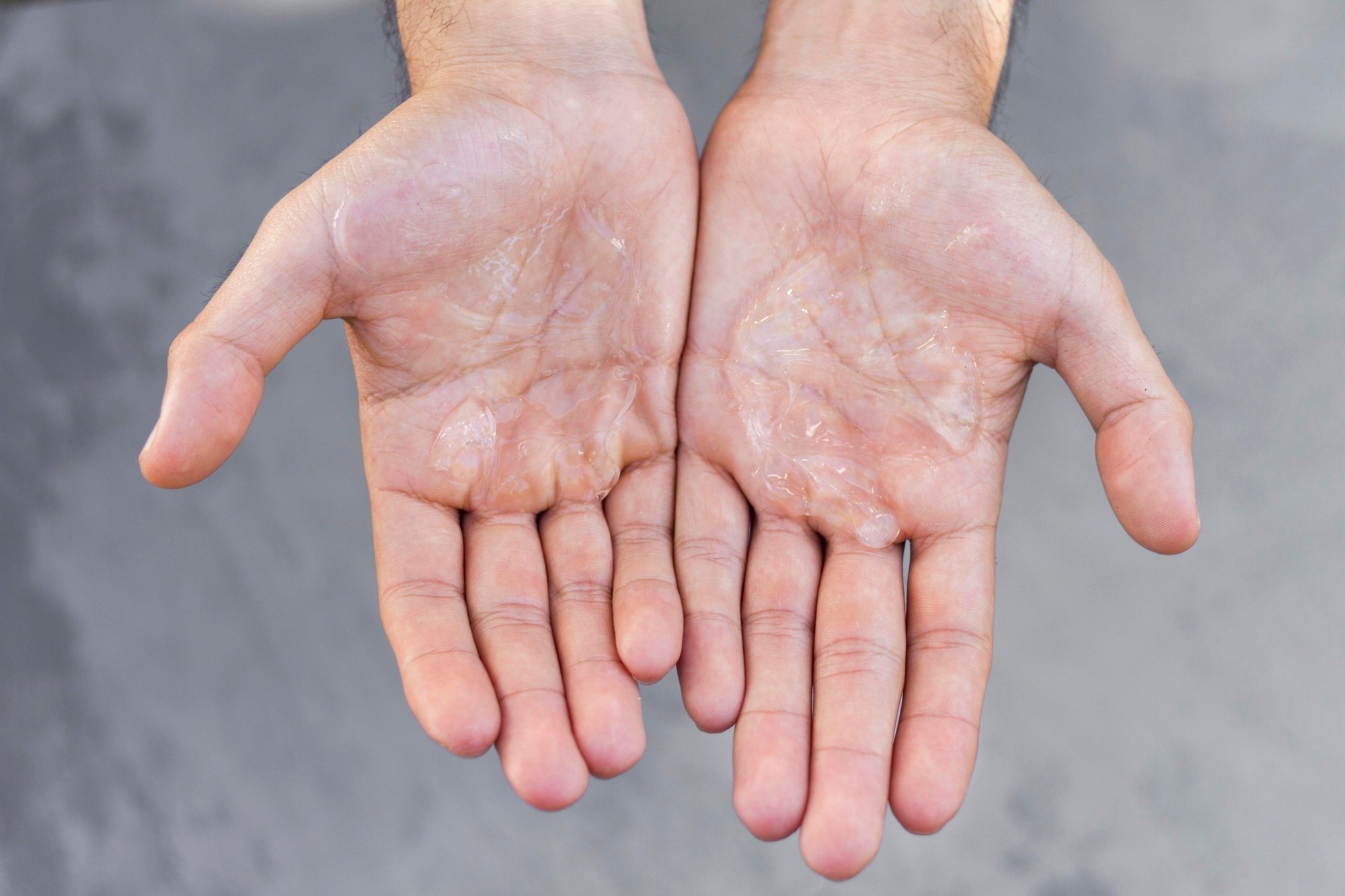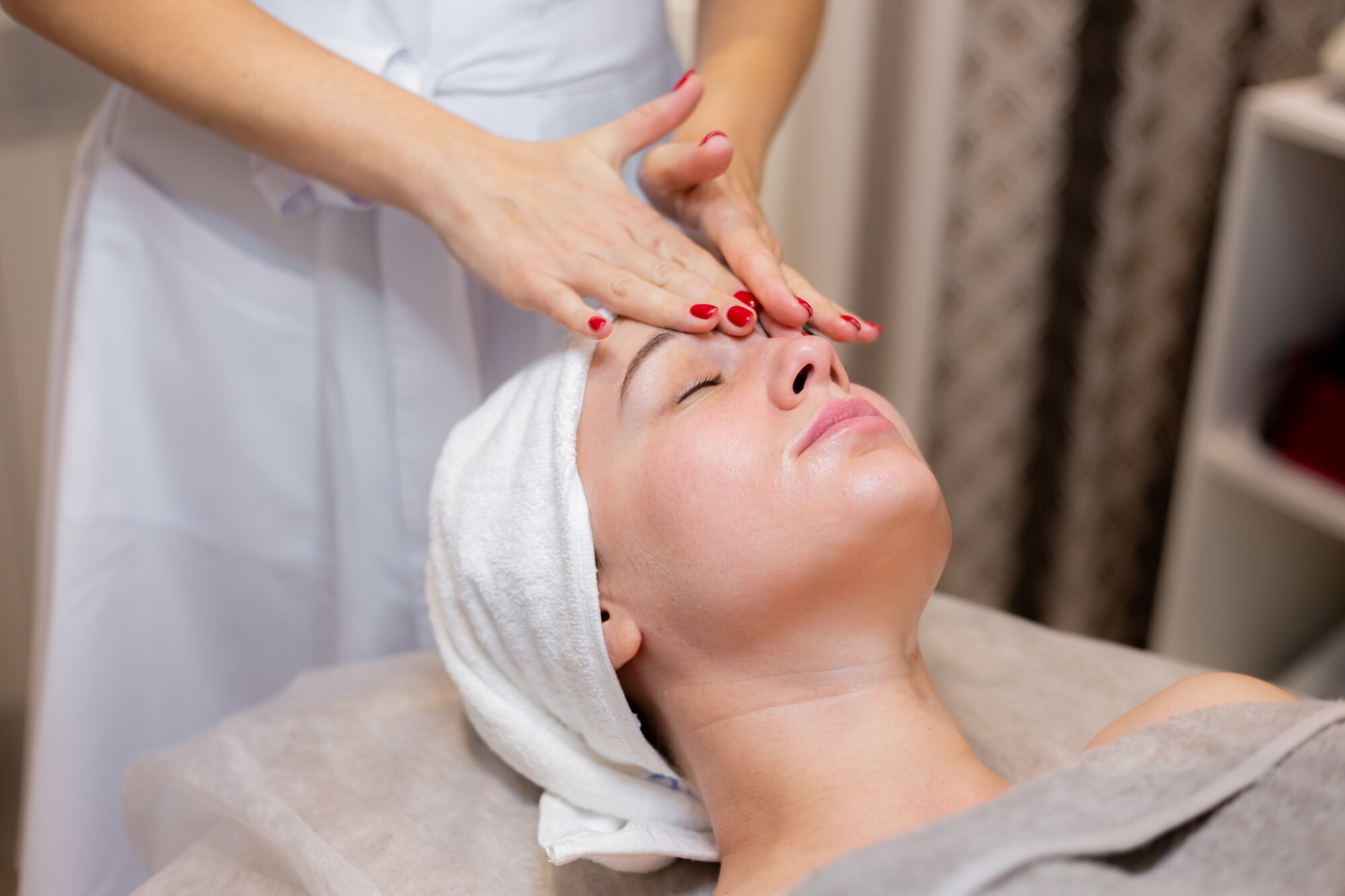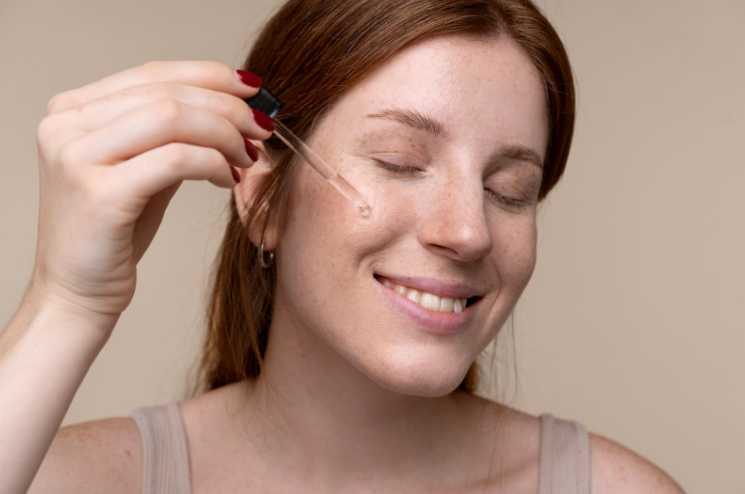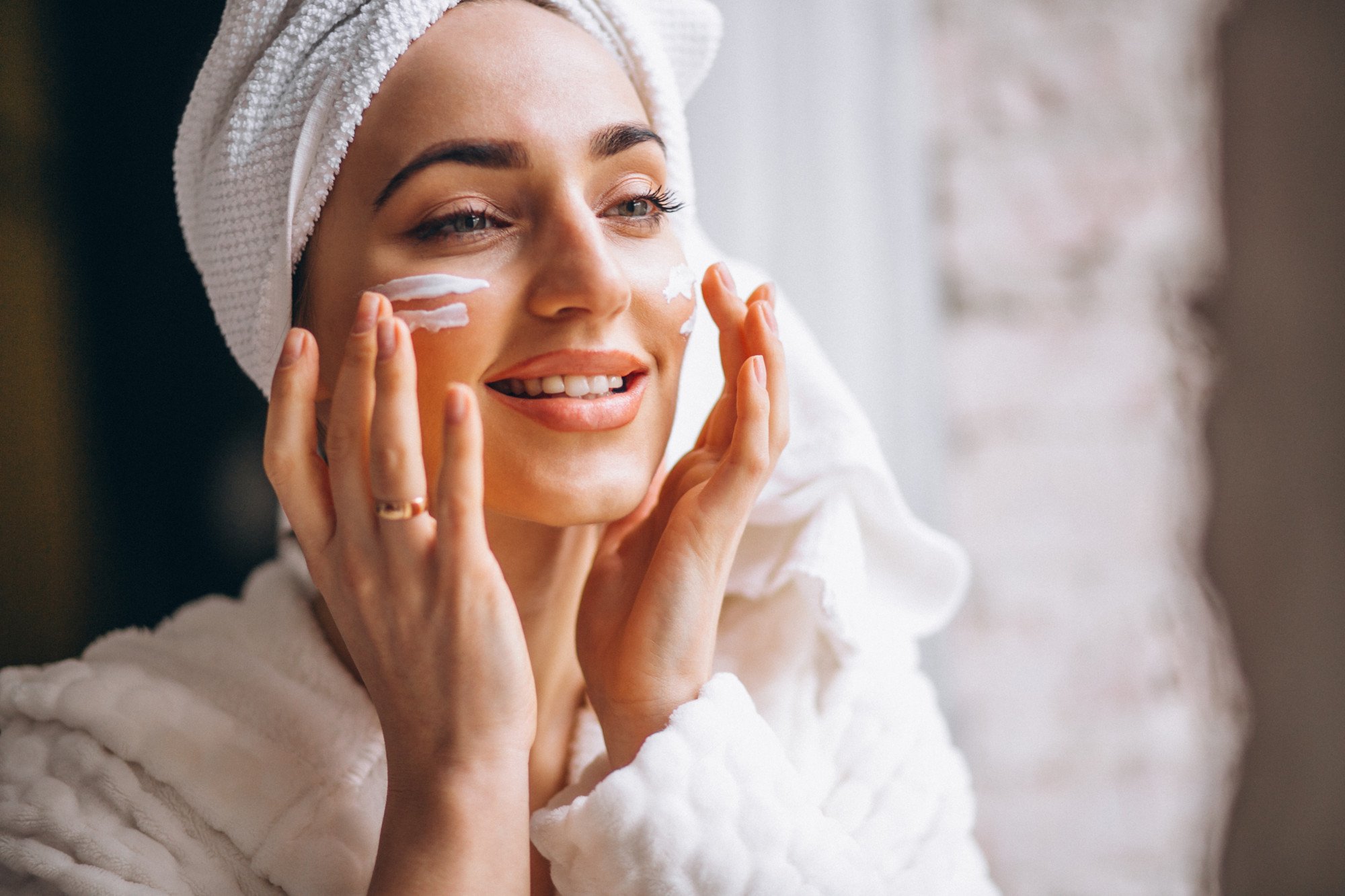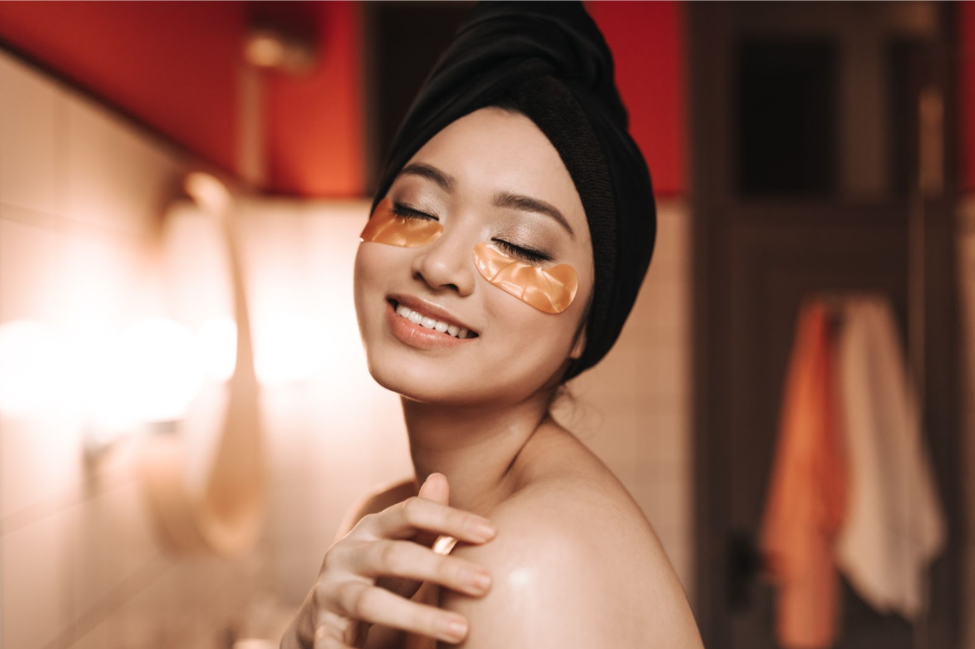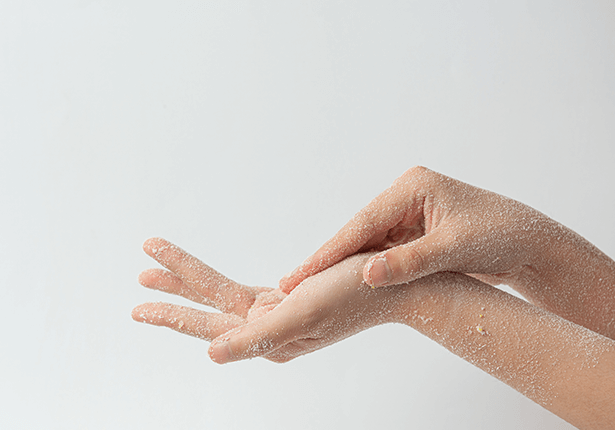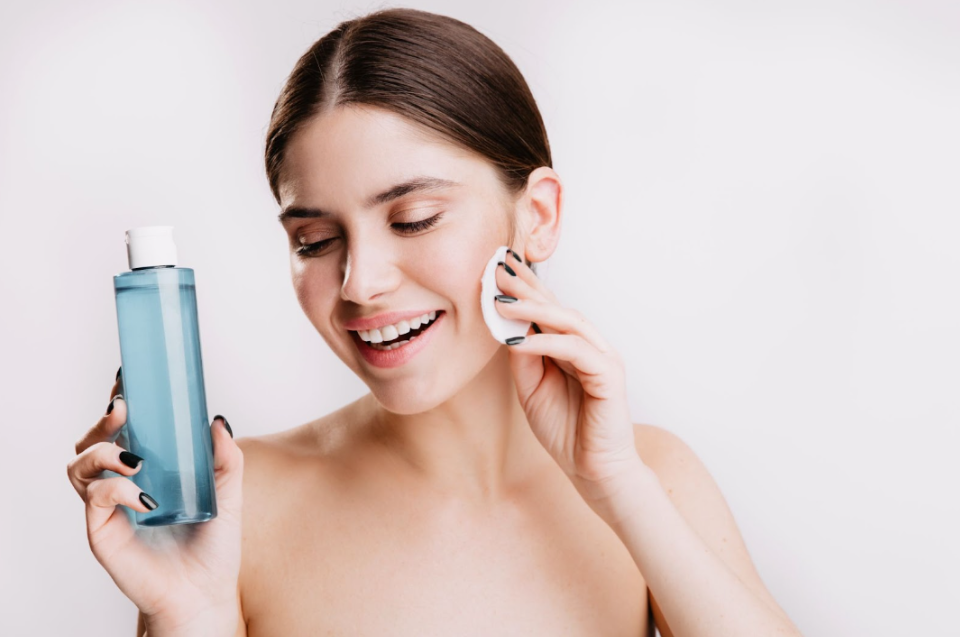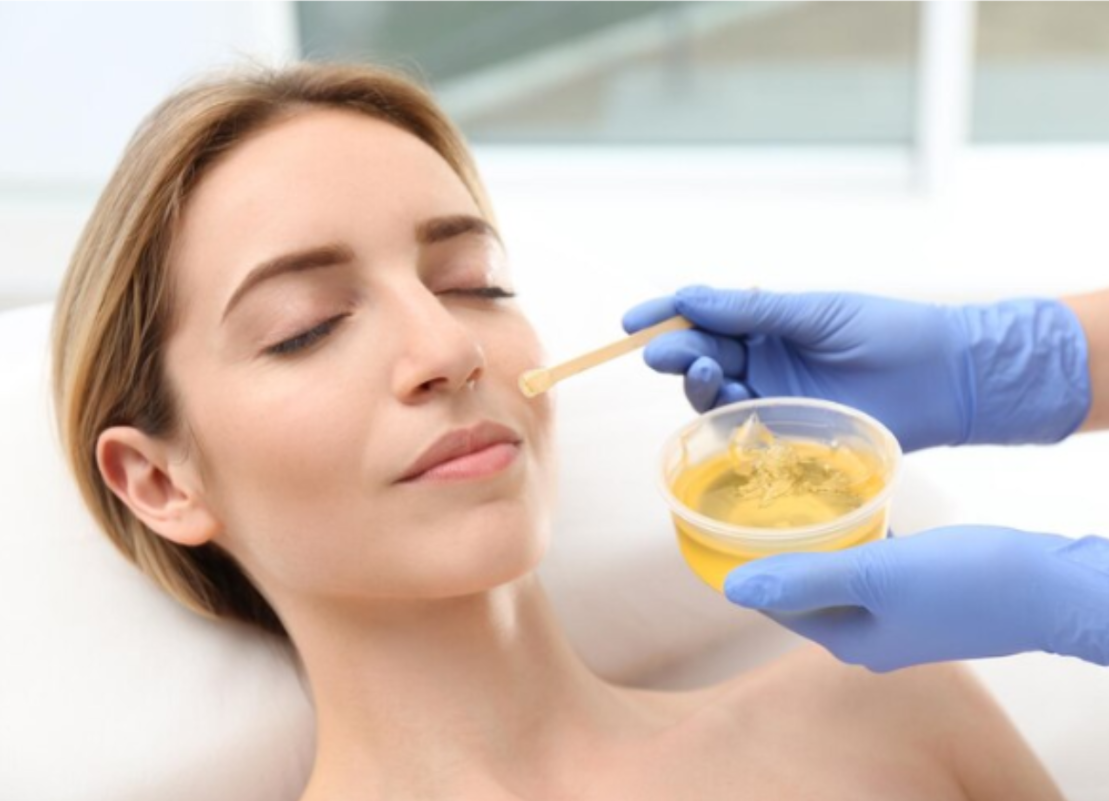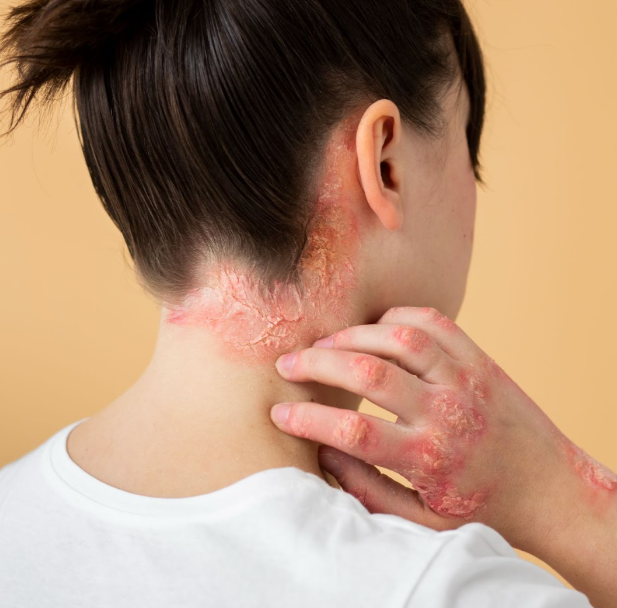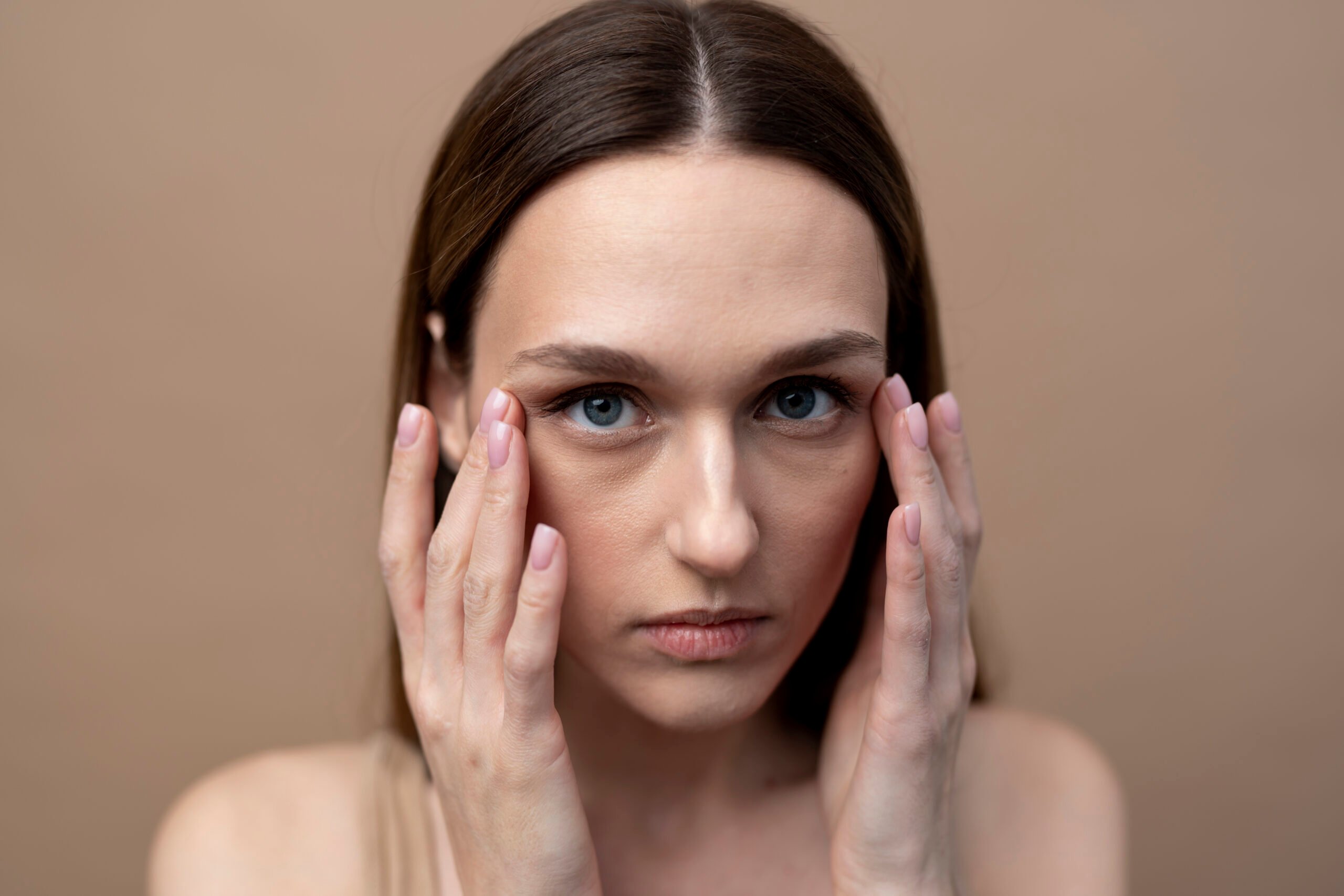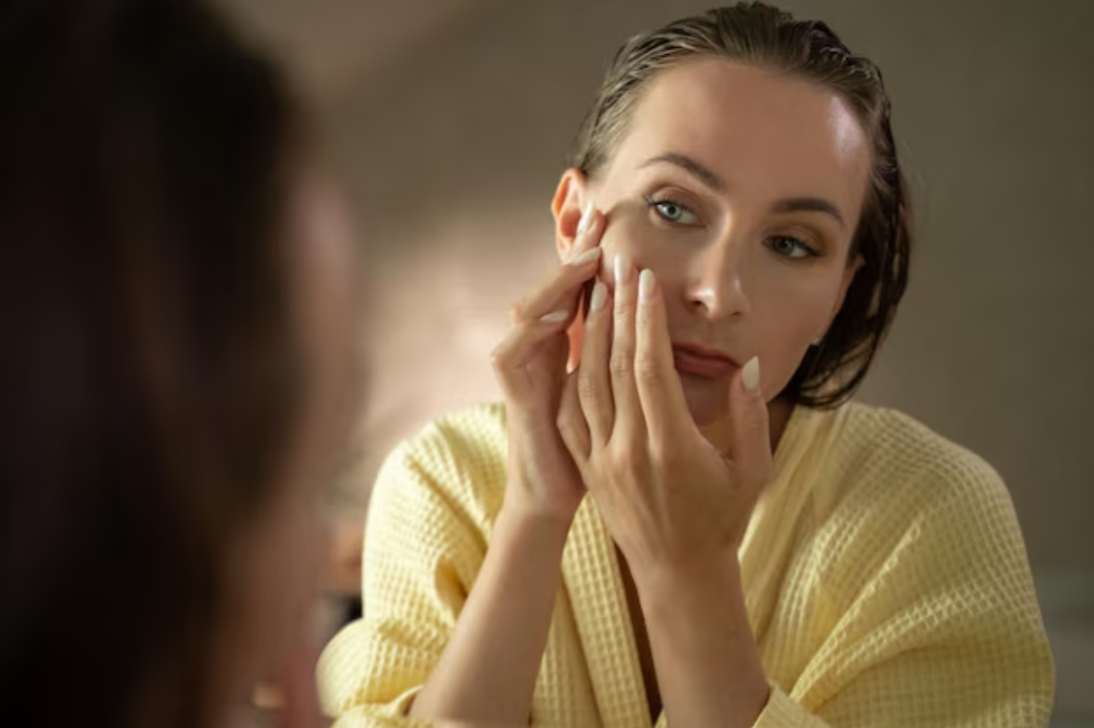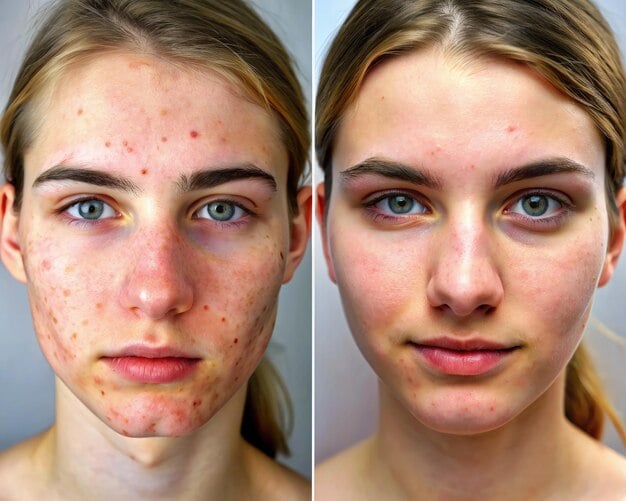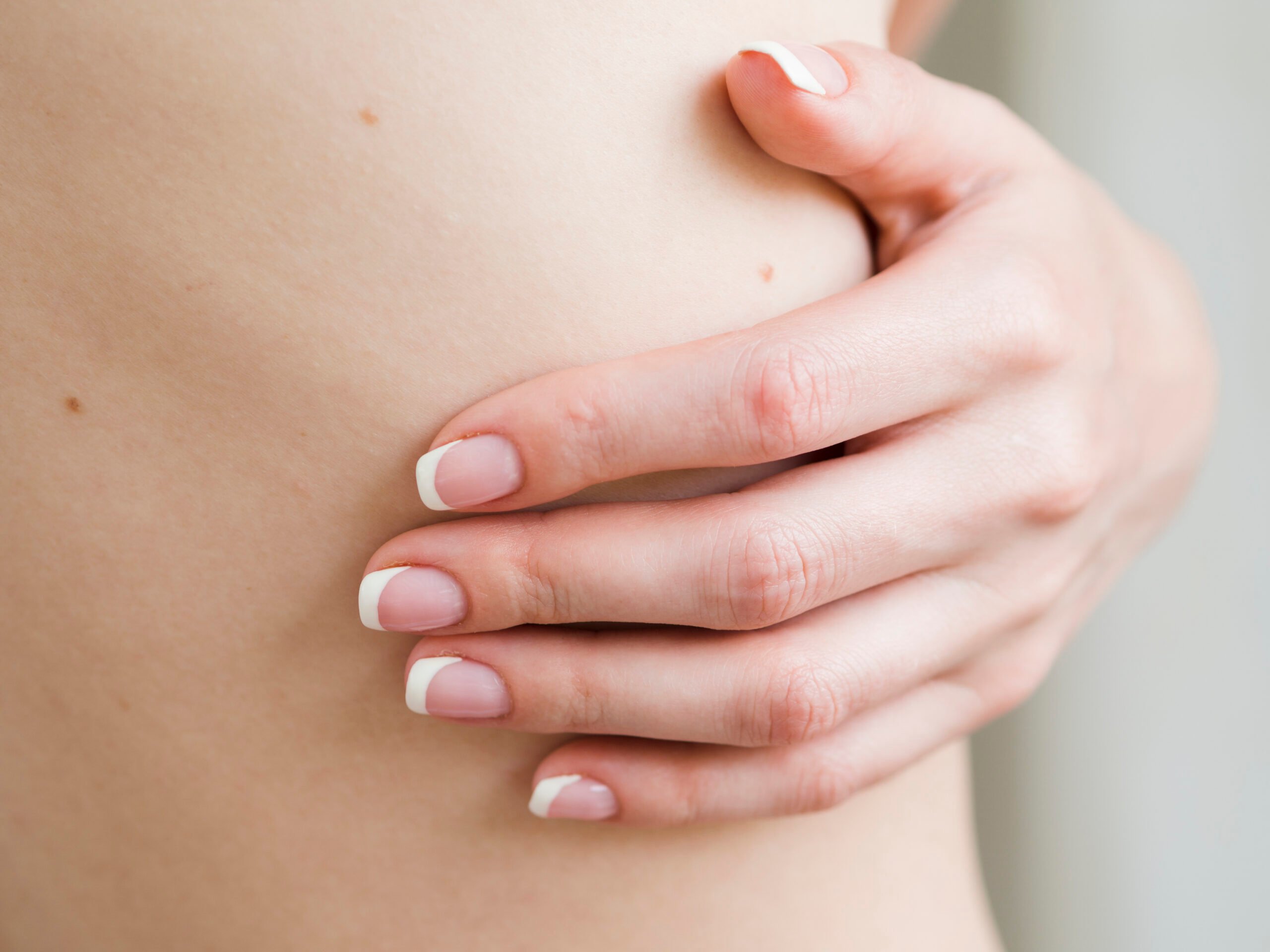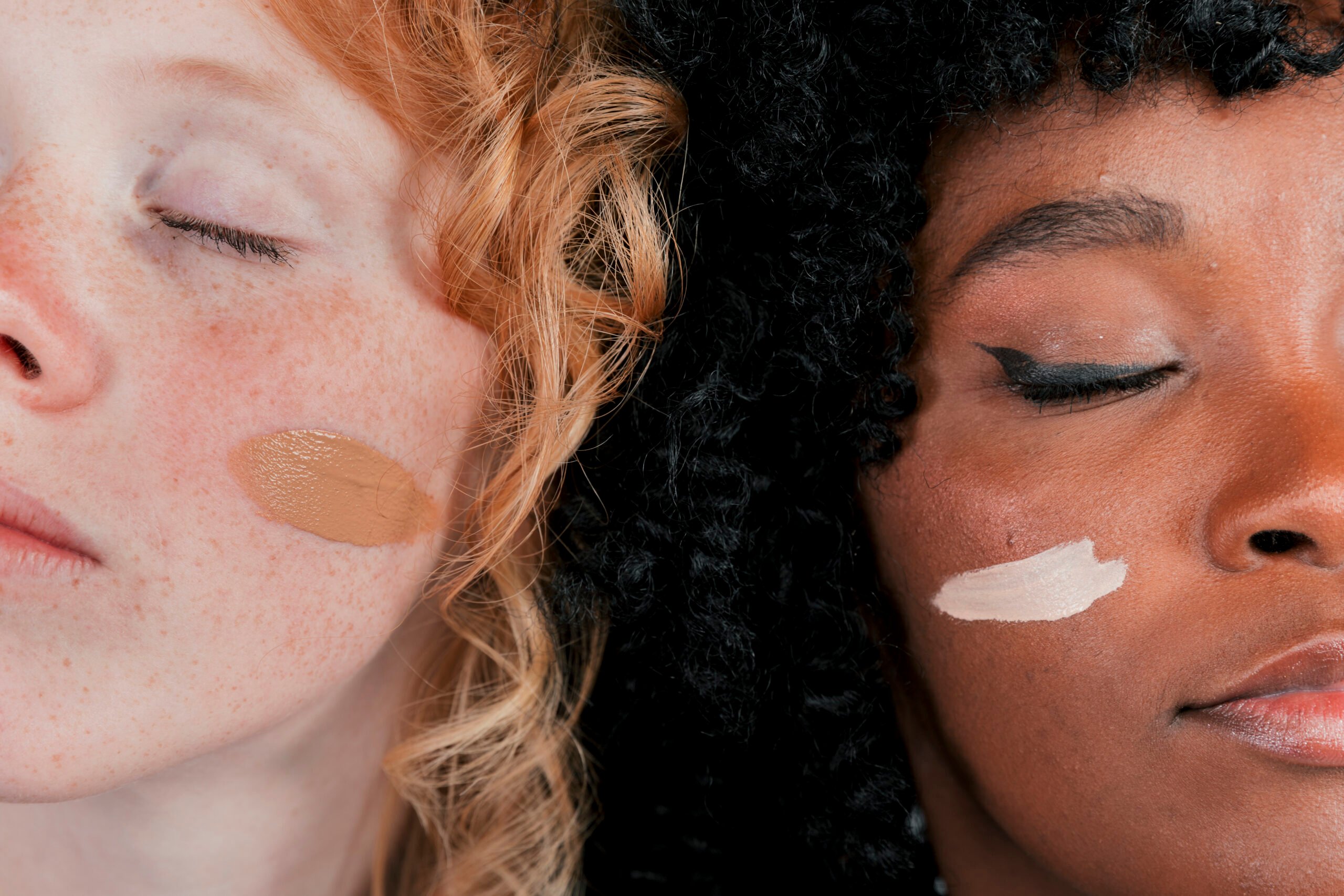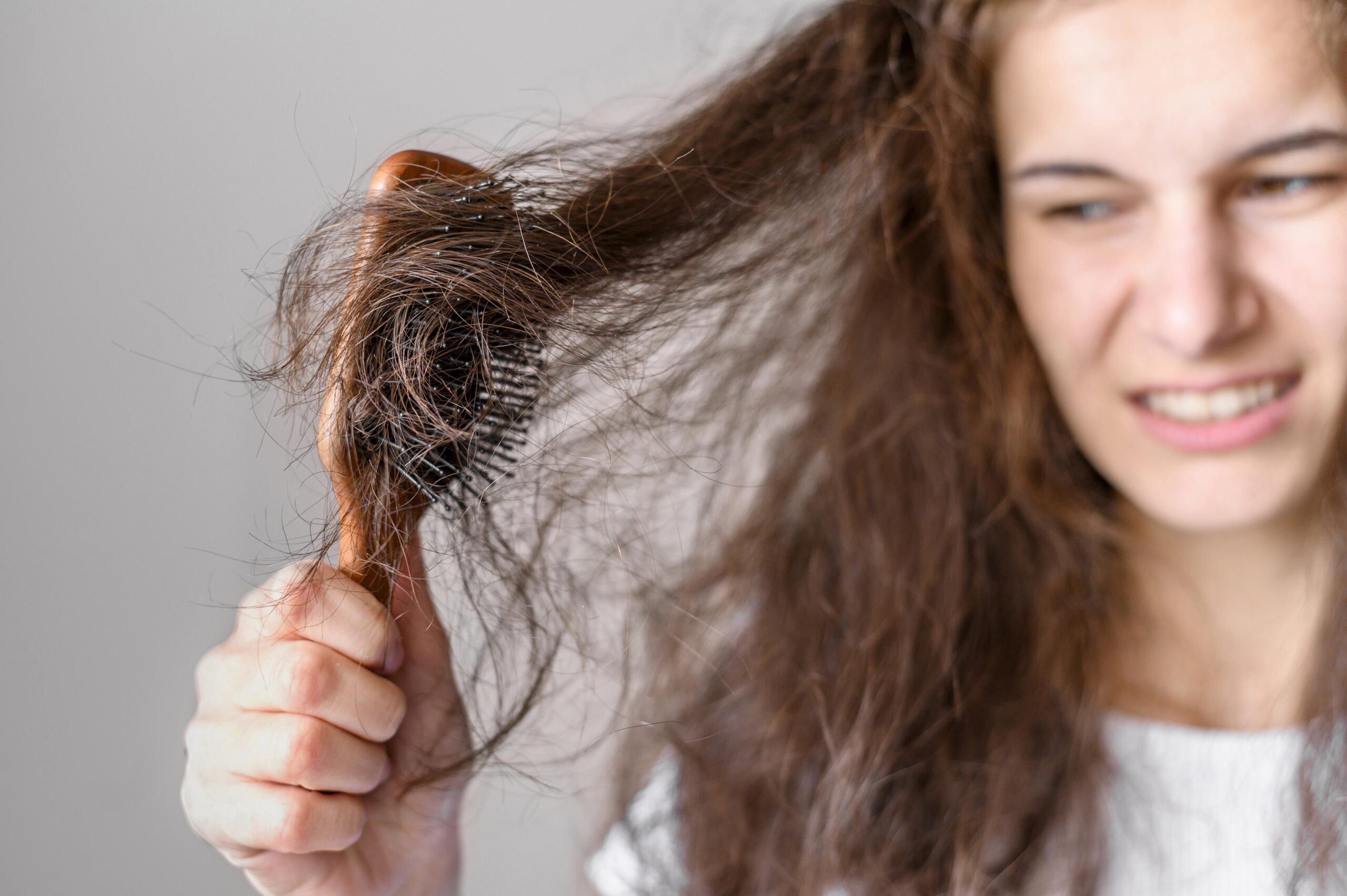Skin
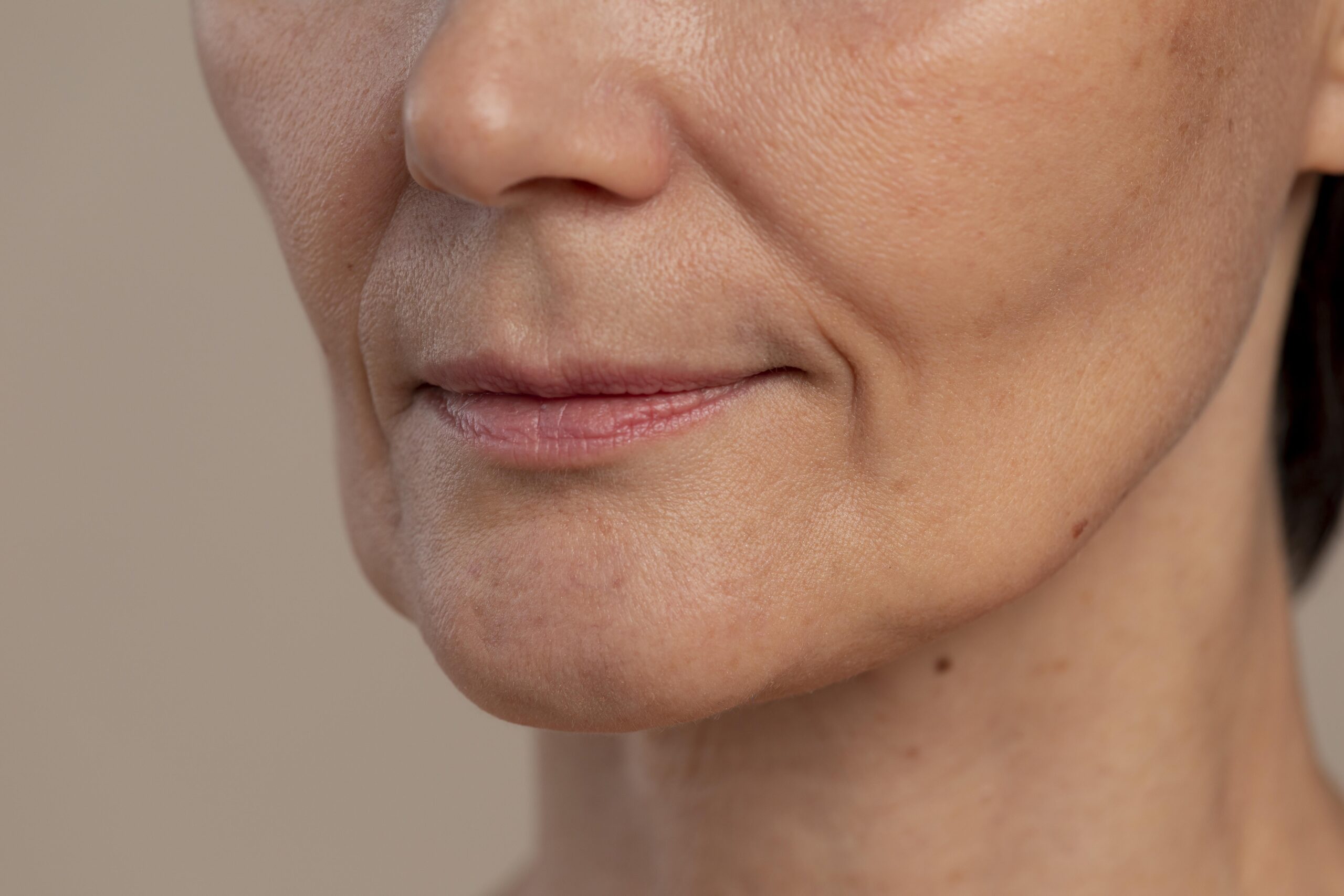
Skin
Sagging Jowls: Causes, Treatment, and Prevention
5 minutes read | 22 Apr 24
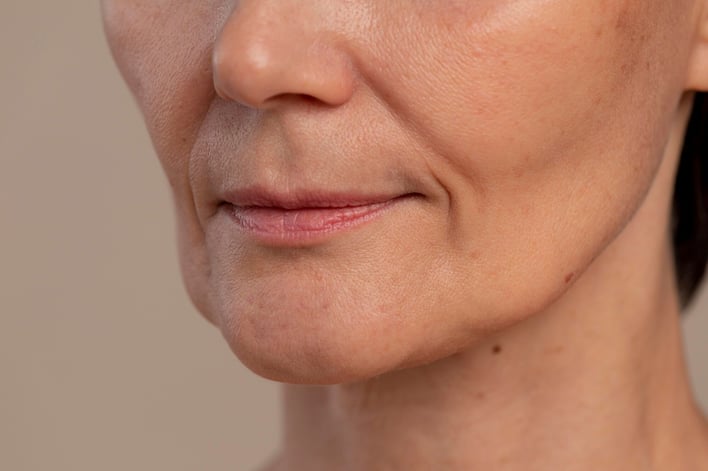
The development of sagging jowls is a common concern for many individuals as they grow older. But what exactly are jowls, and what can be done to address this issue? In this blog, our experts delve into the causes of sagging jowls, some treatment options, and preventive measures to maintain a youthful appearance.
What Are Jowls?
Jowls refer to the loose skin and flesh that droop beneath the jawline and along the lower cheeks. This phenomenon is typically associated with ageing but can also occur due to other factors such as genetics, lifestyle choices, and environmental factors. While some may view jowls as a natural part of the ageing process, many individuals seek ways to tighten and rejuvenate their facial contours for a more youthful appearance.
What Causes Sagging Jowls?

Several factors contribute to the development of sagging jowls. One primary cause is the natural loss of collagen and elastin in the skin as we age. These proteins provide structure and elasticity, and their depletion leads to skin laxity and sagging. Other causes of sagging jowls include:
Genetics:
Some individuals may be genetically predisposed to develop sagging jowls earlier in life due to inherited traits such as skin elasticity and facial structure.
Sun Exposure:
Prolonged exposure to ultraviolet (UV) rays can damage the skin's collagen and elastin fibres, hastening the ageing process and contributing to sagging jowls.
Smoking:
Tobacco use is known to accelerate skin ageing by constricting blood vessels and reducing collagen production, leading to sagging skin and jowls.
Poor Diet and Lifestyle Choices:
Unhealthy habits such as a high-sugar diet, excessive alcohol consumption, and inadequate skin care can compromise skin health and contribute to the development of jowls.
Treatment Options: How To Tighten Sagging Jowls
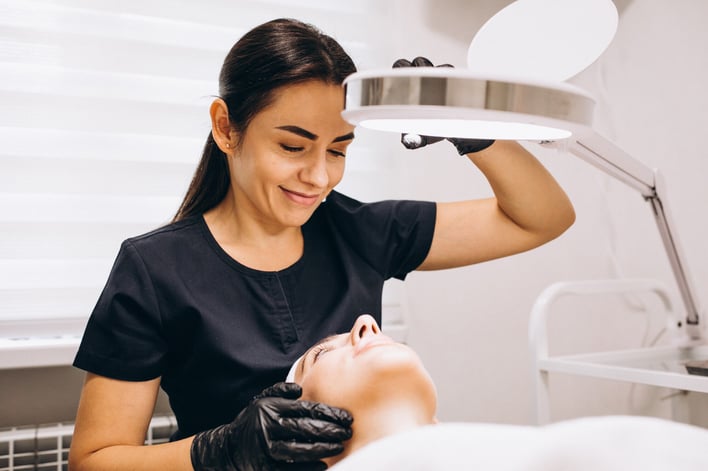
Fortunately, several treatment options are available to address sagging jowls and restore a more youthful appearance.
1. Dermal Fillers
Ageing can lead to the loss of subcutaneous fat in facial areas such as cheeks and lips. Dermal fillers are gel-like substances injected beneath the skin which are used to restore lost volume in the skin and smooth facial creases, which can help temporarily reduce the appearance of jowls.
2. HIFU
HIFU (High-Intensity Focused Ultrasound), is a non-invasive skin treatment that utilises focused ultrasound energy to stimulate collagen production, resulting in tighter, lifted skin with reduced wrinkles and fine lines. It targets deep layers of the skin, providing long-lasting rejuvenation without surgery or downtime.
3. Thread Lift
Thread lift procedures involve inserting dissolvable threads beneath the skin to lift and tighten sagging tissues, providing immediate and long-lasting results.
4. Surgical Procedures
For severe cases of sagging jowls, surgical interventions such as facelifts or neck lifts may be recommended to remove excess skin and reposition underlying tissues for a more youthful contour.
It's essential to consult with a qualified cosmetic surgeon or dermatologist at Bodycraft Clinic to determine the most suitable treatment for sagging jowls based on individual needs and aesthetic goals.
How to Prevent the Progression of Sagging Jowls?
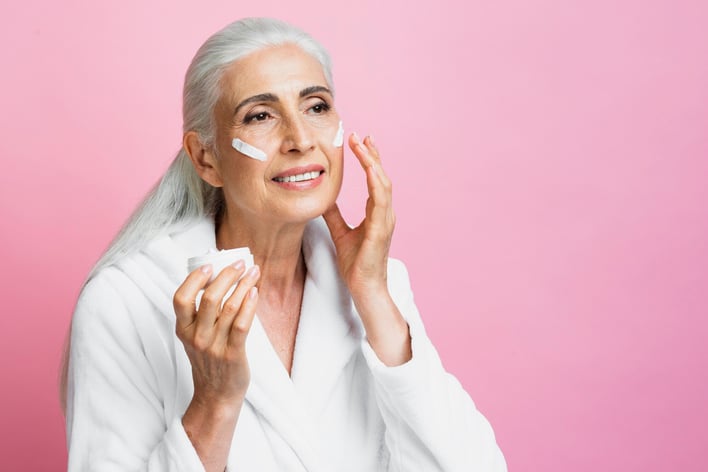
While ageing is inevitable, certain lifestyle modifications and skincare practices can help delay the onset and progression of sagging jowls.
Maintain a Healthy Diet:
Consume a balanced diet rich in fruits, vegetables, lean proteins, and healthy fats to nourish your skin from within and support collagen production.
Protect Your Skin:
Apply a broad-spectrum sunscreen with SPF 30 or higher daily to shield your skin from harmful UV rays and prevent premature ageing.
Stay Hydrated:
Drink an adequate amount of water each day to keep your skin hydrated and plump, reducing the appearance of fine lines and wrinkles.
Quit Smoking:
If you smoke, consider quitting to improve your skin's health and slow down the ageing process.
Establish a Skincare Routine:
Use skincare products containing retinoids, antioxidants, and moisturisers to promote skin renewal, repair damage, and maintain elasticity.
Facial Exercises:
Incorporate facial exercises into your routine to strengthen facial muscles and improve tone, which may help prevent sagging jowls over time.
Takeaway
While there is no single solution to reverse the effects of ageing entirely, numerous treatment options are available to tighten sagging skin and restore a more youthful appearance. By adopting healthy lifestyle habits, protecting your skin from environmental damage, and seeking professional guidance, you can minimise the progression of sagging jowls and maintain a vibrant, youthful complexion for years to come.
Remember, ageing is a natural part of life, but with the right care and proactive measures, you can age gracefully and confidently.
FAQs Around Sagging Jowls
1. At what age do jowls develop?
The age at which jowls develop varies from person to person and depends on several factors, including genetics, skin type, and lifestyle habits. Generally, jowls begin to become noticeable in most individuals around their late 30s to early 40s. However, some people may experience earlier onset due to genetic predispositions or environmental factors such as sun exposure and smoking.
2. Will losing weight get rid of jowls?
While weight loss can lead to a reduction in overall body fat, it may not necessarily eliminate sagging jowls. Jowls primarily result from a combination of factors such as loss of collagen and elastin and genetic predispositions rather than solely from excess fat. In some cases, weight loss can even exacerbate the appearance of jowls by causing skin laxity.
3. Can you reverse sagging jowls?
While it's not possible to fully reverse sagging jowls without cosmetic intervention, various treatments can effectively tighten and improve their appearance. Non-invasive procedures such as dermal fillers, ultrasound therapy (e.g., Ultherapy), and thread lifts can help lift and firm sagging skin, providing noticeable improvements without the need for surgery. For more severe cases, surgical options like facelifts or neck lifts may be recommended to remove excess skin and reposition underlying tissues for a more youthful contour.
4. Can a turkey neck be tightened without surgery?
Yes, turkey neck, which refers to sagging skin and muscles beneath the chin and along the neck, can be tightened without surgery using non-invasive or minimally invasive treatments. Procedures such as radiofrequency therapy, laser skin tightening, and injectable treatments can target excess fat and stimulate collagen production, leading to improved skin elasticity and a more defined jawline. Consulting with a qualified dermatologist or cosmetic surgeon is recommended to determine the most suitable treatment approach based on individual needs and goals.
Related categories
Get a complimentary consultation today. Book now
























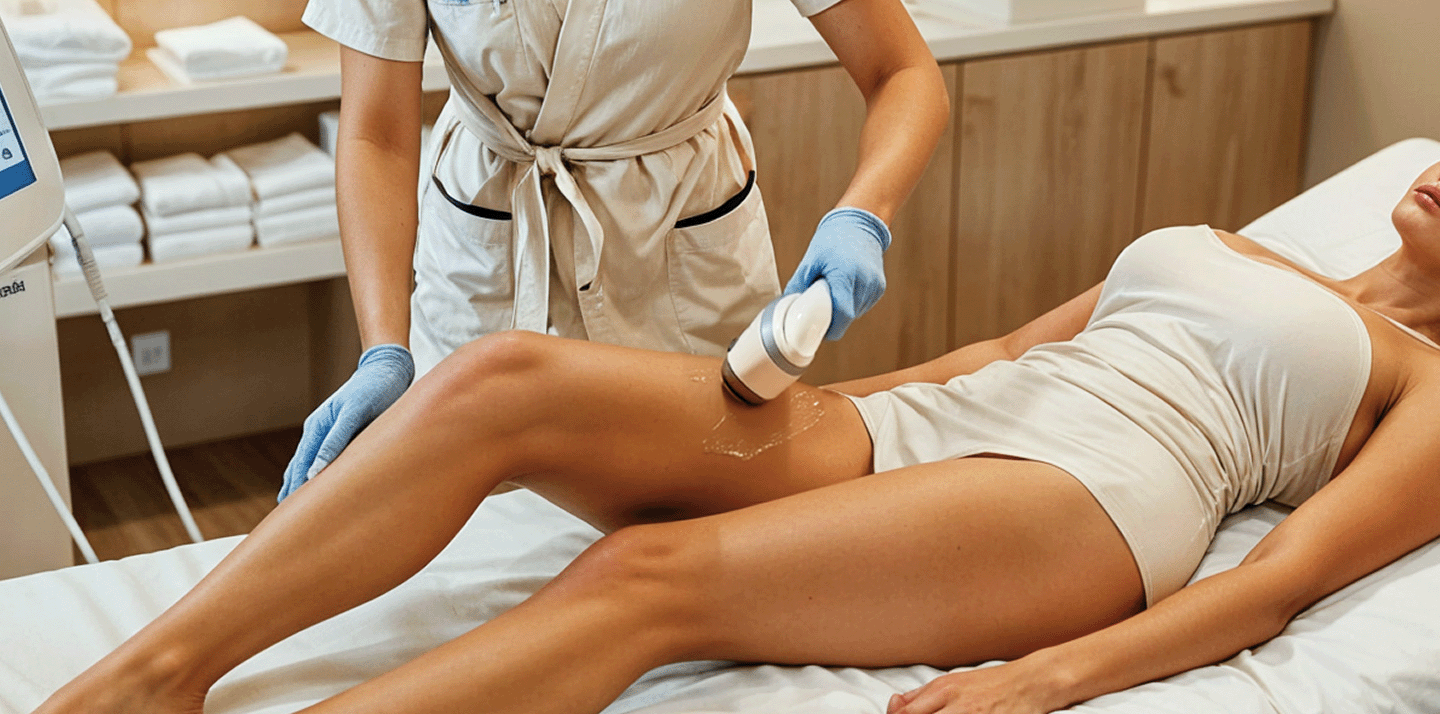














.png)

























-1.png)

